Faith in fresh blossoms
News from our directors Where the money goes Gene Kishin Elias, Treasurer As Sanshin's treasurer, I want to share with you how our monies are spent to support our mission, especially now as we are kicking off our annual fund drive. As you can see on the pie chart below, our number one expense for the first half of this year has been the support of teaching/translation and content generation, followed by establishing and maintaining residential practice and offering practice opportunities like sesshin and the upcoming Shobogenzo Zazenshin intensive dharma study with Okumura Roshi. As you can see, our founding teacher remains hard at work translating and helping us understand the writings of Dōgen. As you look at the chart, you may ask, “Why aren’t we spending more on the Dōgen Institute?” The answer is in technology. Over the last several years we've found new ways to use technology to share the teachings and practice, and we continue to do that through innovative publishing practices as well. However, we have more expenses coming as we work to systematically move our digital archive that now relies on outdated technology toward cloud based, web enabled technologies. Your gifts of financial support enable Sanshin to make Soto Zen practice available in its own particular style, which is based on the teachings of the Buddha, Dōgen Zenji, and Sawaki, Uchiyama and Okumura Roshis. Around the US and across the worldwide Sanshin Network, thanks to friends like you we continue to carry out our mission of enabling the investigation of interconnectedness as it manifests in community by engaging in five points of Soto Zen practice. If you have questions about Sanshin's finances, please email me. Thank you for your support and may your life be filled with kindness, joy and magnanimity. Other newsTemporary resident from South America: Jakusho Pignatiello from Sangha Dokan in Caracas, Venezuela, has been in temporary residency at Sanshin for three weeks before spending a final week in the US at Gyobutsuji in Arkansas. While here, he's participated in all of the regular daily and weekly practice activities as well as the September sesshin, and his visit has allowed for a temporary restart of the Friday morning dharma discussion as well as the afternoon work period. He's cooked for the Friday morning oryoki breakfast, rung bells during sesshin, served as morning doshi several times, demonstrated zazen postures for newcomers during a Getting Started session, and generally integrated himself into the life of Sanshin. He even visited Indiana's oldest organic farm with Sawyer to pick up vegetables for sesshin meals. See Sanshin's Facebook page for shared posts from Sangha Dokan illustrating his visit.
Practice recap
Coming up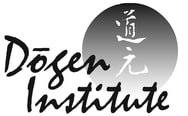 Virtual dharma study intensive (November 1 - 10): Founding teacher Okumura Roshi will be giving a series of ten lectures, one each morning, focused on Shobogenzo Zazenshin. This virtual-only ten-day event will be the successor to genzo-e, with a less strenuous lecture schedule for Okumura Roshi. There is no 'retreat' schedule beyond the daily lectures and Q&A periods -- participants are encouraged to incorporate regular zazen practice throughout the ten days of the study intensive, as their own schedules and time zones allow. Practitioners are invited to join the regular morning practice schedule being carried out at Sanshinji before most of the lectures. For further details and to register, please visit our virtual dharma study intensive webpage. Sanshin Network
For complete information about Sanshin and our style of practice, visit our homepage.
The dharma expounded by nonsentient beings
News from our directorsSanshin's restated mission: The board of directors has adopted a restated mission statement for the organization that clarifies the practice vision under which it functions. The practice vision comes from the intention of founder Shohaku Okumura in establishing Sanshin two decades ago. The new statement reads: Sanshin Zen Community enables the investigation of interconnectedness as it manifests in community by engaging in five points of practice within the Soto Zen tradition: • Zazen in a Buddhist context • Keeping forms simple • Balancing peace and progress • Dharma study as a support for zazen • Work practice as an investigation of community Learn more about Sanshin's style of practice with its free e-book, Understanding Sanshin Style. 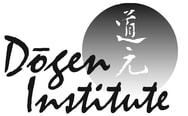 Dōgen Institute announces strategic changes: During Sanshin’s annual board of directors' retreat in August, the Director of the Dōgen Institute (DI), David Thompson, secured the board’s agreement for changes in how DI operates. David expressed his pleasure in being able to transition certain DI operational duties to fellow board member Karla Passalacqua. 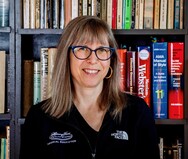 Karla will be facilitating the DI “Board portfolio” for the day-to-day operational duties associated with DI, including working with personnel—especially with regard to event planning and e-properties. Ensuring that we have the proper long-term supports in place for organizing our new annual ten-day dharma study intensive along with the ability to maintain our presence on the web is a vital part of Sanshin’s and DI’s strategic plan. Karla will be the DI liaison to the board for these matters. She's been a director since 2021 and is a long-time Sanshin practitioner. She has attended many past genzo-e and has lent her professional proofreading talents to DI for a number of efforts, including our latest book Adding Beauty to Brocade .  David has led the Dōgen Institute since he joined Sanshin’s board in 2012, and during the August retreat he announced his retirement from the board. He will now assume the new title of DI Editor-in-Chief. This change allows David to spend the next few years shaping and assuring the future of DI and its editorial direction. This includes three aspects: (1) helping Okumura Roshi to complete his life’s work; (2) supporting new authors for DI, such as Hoko; and (3) identifying strategic partnerships with other organizations. In addition to his work as the editor-in-chief, David will also be taking care of the long-term digital archive project, our effort to preserve the teachings for future generations of practitioners and teachers. He'll still be providing ongoing support and advice to Karla, DI employees, DI volunteers, and the board. All of these activities represent the next steps in DI’s role within Sanshin’s overall strategic plan. Dōgen Institute (DI) is the educational outreach arm of Sanshin Zen Community; through its efforts, translations, commentaries, and lectures are offered through books, audio, video, and web-based materials. Other news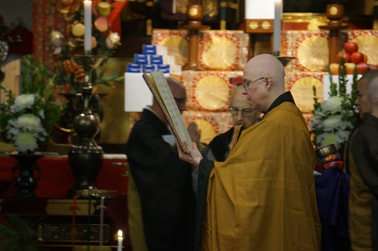 Developing Soto Zen in North America: Hoko has been asked to head up a short-term committee of Soto Zen North America charged with creating a four-rank system for its recognized teachers (kyoshi). SZNA works to continue the tradition of clergy formation and training as passed to North America from the Soto Zen denomination in Japan. It's asking the five-person committee to propose a system that develops ongoing leadership for the various roles and responsibilities necessary for the association to thrive; develops ongoing leadership to cultivate a culture of caring for the lineage of Soto Zen in North America and connection with the Japanese Soto-shu; defines the roles for each rank; and has criteria and an evaluation process for the ranks. "This isn't a project designed to judge and label teachers," Hoko explained. "It's a system designed to help us all develop our dharma leadership and to build mentoring relationships with each other around the country. I see so much potential for creating a strong network of teachers in North America that share what they know and know how to do with each other, and especially for helping beginning teachers get started in an intentional and sustainable way." Practice recap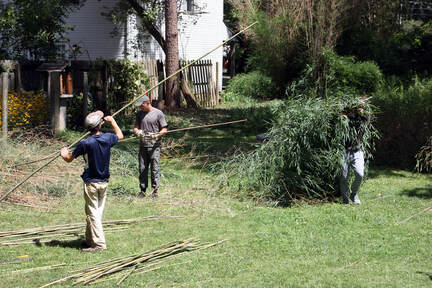 Work practice focuses on 1708 legacy cleanup: Crews of sangha members have tackled several large cleanup projects that have resulted from the end of the lease on the building next door at 1708 Olive St., which Sanshin had rented for many years and used to house visiting practitioners and residents as well as to cook and serve meals, make candles, and host meetings and robe sewing. Piles of housewares, supplies and equipment made their way to the zendo, where they had to be sorted, thrown out, given away or housed. The staging area at the back of the zendo was dealt with in conjunction with a rethinking and restocking of the small zendo kitchen. Without the 1708 kitchen and meals area, Sanshin will be using the zendo kitchen to cook for sesshin, and meals will be taken using oryoki in the zendo. Next were the bathroom storage closet and the office, both of which were completely emptied so the contents could be sorted and evaluated. Some of the items from 1708 had been temporarily stashed in these two spaces, so they also had to be attended to as a part of that legacy. With the zendo, kitchen, storage closet and office now in order, we've reclaimed some much needed space and moved along some tired and unused items and some old stuck energy. At the same time, Sanshin received notice from the city that the bamboo growing on the 1708 side of the lot had been classified an invasive species and had to be removed in a timely way. The grove had been growing there since before Sanshin bought the land, but a work day crew cut down and treated the bamboo, and trimmed the stalks so that they could be saved for fence building and other projects. Future work will involve removing the enormous brush pile next to 1708's back yard and extending the fence between the two lots. Coming upSave the date for November virtual dharma study intensive: Plans are underway for our Dogen Institute to sponsor Okumura Roshi’s virtual ten-day dharma study intensive from November 1 - 10, 2023. This annual event is meant as a successor to his genzo-e retreats, which are no longer being held. He will offer one morning lecture a day for ten days, a format which is less strenuous for him. He plans to lecture on Dogen’s Shobogenzo fascicle “Zazenshin.” A web page with event information and registration mechanics will go up within the next few weeks. This is a virtual event, and in-person attendance will be restricted to support personnel. Visit our Schedules and Calendars page for information on all upcoming events. Sanshin Network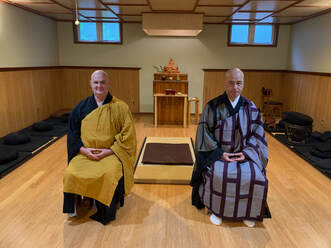 Transmission complete: Gyoriki Herskamp from Germany has completed dharma transmission with Okumura Roshi. This month he goes to Japan and will begin practice at Kotaiji in Nagasaki in the beginning of September. 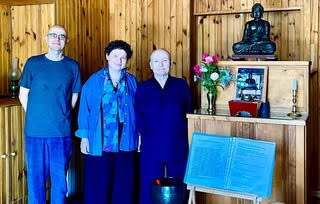 The French connection: While visiting southern France, New York sangha member Yael Weiss was able to connect with practice friends. "Amazingly, the Sanshin global community is alive and well in the area. Yesterday I had a chance to meet with Shogen in Avignon and we drove to visit Shoju’s zendo in Alès. It was very moving to see the practice from Bloomington making its way all the way here.:" 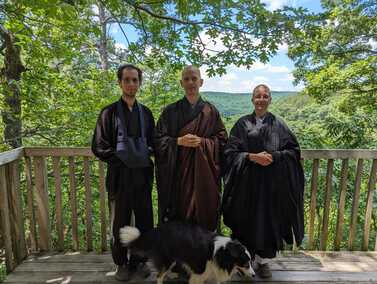 World in the woods: Shoryu hosted practitioners Ryushin, Densho's student from South America, and Jinryu, Hoko's deshi from Germany, for residential practice at Gyobutsuji in Arkansas. Virtual dharma study opportunity from Minnesota: Shodo will lead a fall online study group on Wednesday evenings beginning Septermber 6. The text under discussion is Casting Indra's Net by Pamela Ayo Yetunde, and class will include readings, lecture, discussions, exercises, homework, and optional zazen after each session. The group is limited to 20 participants and will meet until mid-December. There is no fee but donations are gratefully accepted. Please register by email. Further details are here. For complete information about Sanshin and our style of practice, visit our homepage.
News20th anniversary celebration and leadership transfer successfully concluded
 1708 moveout nearly complete: A sangha crew has put in several long days of packing, moving and cleaning in order to clear the rental space next to Sanshin in time for the end of the lease on July 17. Some items have gone into storage until they can be used again, while others have been given to charity or merged into Sanshin's life at 1726. The move has touched off another round of sorting, reorganizing and divestiture at 1726, since space is already limited there. The funds that had been going toward the monthly rent at 1708 will be redirected to other areas of the operation as the board of directors continues its work to ensure Sanshin's financial sustainability. Over the years, 1708 has served as a short-term guest facility, a storage space, the kitchen and meals area for sesshin and retreat, a workshop space for robe sewing retreats, a meeting area, and, most recently, housing for three residential practitioners.
Practice recap
Coming up Three-day sesshin (August 31 - September 3): Sesshin at Sanshin is an opportunity to practice without distraction. We set aside the usual activities -- or entertainments -- of temple life, like work periods, meetings with teachers and dharma talks, and focus completely on zazen. We practice in complete silence following a 4 am to 9 pm daily schedule that consists simply of fourteen 50-minute periods of zazen with one-hour periods for meals and a bit of personal time. This sesshin-without-toys style of practice was created by our founder's teacher, Kosho Uchiyama Roshi, and practiced at Antaiji in Kyoto, Japan. 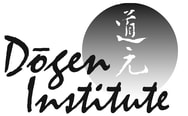 Save the date for November virtual dharma study retreat: Plans are underway for Dogen Institute to sponsor Okumura Roshi’s virtual ten-day dharma study retreat in November 2023. This once-a-year event is meant as a successor to Okumura Roshi’s genzo-e retreats, which will no longer be held. The format for this new retreat includes one morning lecture a day for ten days. This format will provide a less strenuous schedule for Okumura Roshi as he transitions into the Founding Teacher role. In November 2023, he plans to lecture on Dogen’s Shobogenzo fascicle “Zazenshin.” Registration for online attendance will open sometime after mid-July. In-person attendance will be restricted to support personnel. Sanshin NetworkSince a number of network members were on hand for this month's many community events, in this issue we content ourselves with a gallery of their visit to Bloomington. For complete information about Sanshin and our style of practice, visit our homepage.
Platinum Anniversary Celebration Updates
News Goodbye to 1708: Sanshin will be moving out of its rental facility (1708), next to its main building (1726), in mid-July. The funds now going toward the monthly rent will be redirected to other areas of the operation as the board of directors continues its work to ensure Sanshin's financial sustainability. Over the years, 1708 has served as a short-term guest facility, a storage space, the kitchen and meals area for sesshin and retreat, a workshop space for robe sewing retreats, a meeting area, and, most recently, housing for three residential practitioners. Giving up 1708 means putting Sanshin's fledgling residential practice on pause for awhile, since there is nowhere else on campus for residents to live. Camping in the yard or sleeping in the zendo during sesshin and retreats will still be possible. Meals during sesshin and retreat will be taken in the zendo using oryoki, and Sanshin has begun production on an orientation video that explains how that works in our particular style and space. Without residents, carrying out practice and programs will fall mainly to staff, which consists of one full time and one part time employee. The significant drop in available human resources will result in fewer practice activities for at least the next year. Our schedule and calendars page will always have the latest and best information about what's happening at Sanshin. Sanshin's board is working with consultant Norma Fogelberg to create a fundraising team that will launch its training and work in July. Three projects requiring major expenditures will be necessary for Sanshin to meet its strategic goals: acquiring a new home for the Okumuras, renovating the existing facility at 1726, and hiring additional staff. This will be a meaningful time to step back, reevaluate, set priorities, increase Sanshin's sustainability, and determine a direction for the future. Sanshin leaders at Sotoshu anniversary events: Okumura Roshi, Hoko, shuso Shinko Hagn, board member Zuiko Redding, and Shoryu Bradley were part of recent large-scale events at Sotoshu North America in Los Angeles. Seven ceremonies over three days recognized Sotoshu's 100th anniversary in North America and the 700-year memorial for Keizan Jokin, considered one of the founders of Sotoshu. Okumura Roshi and Zuiko served as gosendoshi, Shoryu and Hoko returned as ino, and Shinko absorbed as much as he could and made a number of useful contacts for himself. While the ceremonies were less complex than the last round in November, they were on a larger scale and included some very high-ranking clergy from Japan. Okumura Roshi and Zuiko were called up to the platform for individual recognition by the head of Sotoshu in Japan for their many years of service to the dharma in North America. Hoko was taken under the wings of the two high-ranking baika teachers from Japan, who invited her to sing with them whenever she wasn’t up on the platform serving as ino. Practice recapJune sesshin: Eight practitioners sat together for five days, the final sesshin to make use of the kitchen and meals area at 1708. Four participants were from out of town, and two were first-timers. Our next sesshin is August 31 - September 3. 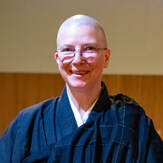 Jinryu makes virtual classroom visit: A Japanese language instructor from IU asked for a Sanshin representative to spend virtual time with her 30 summer program students. Residential practitioner Jinryu, who is here from Germany, took on the challenge of introducing Zen by computer in English. She taught zazen, answered questions, and helped the class discuss the concept of ichigo ichie, or the once-in-a-lifetime encounter, Coming up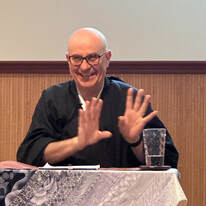 Shuso ceremonies: Sanshin will mark the ending of the ango and the end of Shinko's term as shuso with the usual ceremonies Everyone is welcome to participate, either in person or online. Shinko has chosen a case from the Shoyoroku, or Book of Serenity, for this ango, and Konjin Godwin, Director of the Soto Zen Buddhism International Center in San Francisco, will talk about it during the honsoku gyocha (June 17, 7 pm). Shinko will answer formal questions about it from the sangha during the shuso hossen (June 18, 10 am). A potluck lunch will follow; please contact us ASAP if planning to attend. Go to our ango page for the complete case and other information. 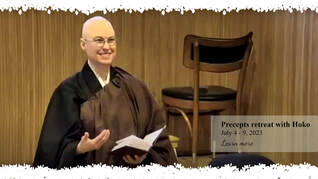 Precepts retreat with Hoko (July 4 - 9): This retreat focuses on the study of the sixteen bodhisattva precepts that Buddhists receive as guidelines for living a life of practice. The daily schedule includes zazen, lectures, work practice and silent meals, and a precepts ceremony (jukai-e) is held during the last day of the retreat, during which those receiving the precepts will make their vows and receive a dharma name and a rakusu, or small robe, which they have sewn beforehand. Learn more here. 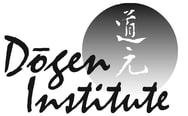 Save the date for November virtual dharma study retreat: Plans are underway for Dogen Institute to sponsor Okumura Roshi’s virtual ten-day dharma study retreat in November 2023. This once-a-year event is meant as a successor to Okumura Roshi’s genzo-e retreats, which will no longer be held. The format for this new retreat includes one morning lecture a day for ten days. This format will provide a less strenuous schedule for Okumura Roshi as he transitions into the Founding Teacher role. In November 2023, he plans to lecture on Dogen’s Shobogenzo fascicle “Zazenshin.” Registration for online attendance will open sometime after mid-July. In-person attendance will be restricted to support personnel. Sanshin Network
For complete information about Sanshin and our style of practice, visit our homepage.
News New opportunities have been added to Sanshin's 20th anniversary events, set for June 24 and 25. The community is invited to sponsor a message of congratulations, remembrance or support that will appear in the souvenir program being designed for the events. Those participating in person will receive a printed copy of the program, while those joining virtually can download and view or print the file. The program will include the daily schedules, background information on speakers and presentations, and other important information. The celebration will also include a drawing for a signed and numbered print by zazen practitioner and celebrated artist Mayumi Oda. From 1969 to the present, Mayumi has presented in multitudinous solo and group shows internationally and her work is in numerous private and permanent collections such as the Museum of Modern Art, New York, the Museum of Fine Arts, Boston, the U.S. Library of Congress and many more. She has donated the 13.5" by 38.5" piece, part of her series on the Heart Sutra, to Sanshin, and values it at $2000. Tickets for the drawing are available for $25 apiece, and participants may buy as many as they like. The drawing will be held at the conclusion of the anniversary celebration on Sunday afternoon. Both of these opportunities are available to all those with PayPal accounts, whether or not they practice at Sanshin or will be attending the anniversary events in person. Visit the Platinum Celebration page to make payments for entries to the drawing and for message sponsorship. In addition, the venues have now been finalized. Friday evening's concert conversation and Saturday's presentations and discussions will happen at the First Christian Church, built in 1919, Sunday's events will take place at the Far Gallery, in its theatre space. While in-person registration has closed, virtual participation remains available to everyone. Practice recap
Coming up
Sanshin NetworkNew issues of newsletters are available from a number of Sanshin Network sanghas, including Gyobutsuji (AR), Mountains and Waters Alliance (MN), Centre Shikantaza (Belgium). Contact your favorite network sanghas to subscribe to their updates and announcements and participate in practice opportunities. 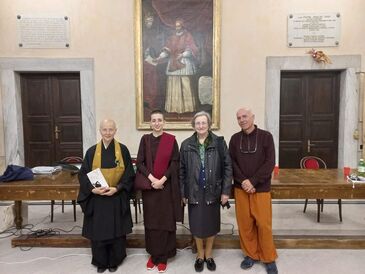 Gyoetsu Epifania from Centro Zen Anshin in Rome participated in a Women and Spirituality conference, promoted by the Italian Buddhist Union and Sarzana city.
For complete information about Sanshin and our style of practice, visit our homepage.
News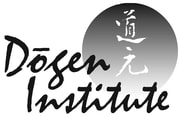 Dogen Institute is pleased to announce two new full-length recordings of genzo-e, now available for study on the DI's Podia site: Bussho Part I and Uji. These recordings are made available free to our subscribers.
 Platinum panel: As part of our Platinum Celebration, we'll hold a Saturday morning panel discussion of Sanshin's past and future. Tonen O'Connor, Hoko, David Thompson, Jeff Alberts and Mark Fraley will give brief updates on our five strategic goals, and the discussion will be facilitated by Gene Elias. For complete information on the celebration weekend, which marks Sanshin's 20th anniversary, and to RSVP for in-person participation. go to the Platinum Celebration page of our website. Practice recap
Coming up
Sanshin NetworkCooperative ordination in France: Kudo Reimer from Germany reports, "The second meeting of the French and German part of the Sanshin family took place in March. Shoju Mahler from Zendo L’Eau Vive (Hosuiji) in Alès, France and Kyoku Lutz from Frühlingsmond Zendo in Hannover, Germany, got together again after their meeting earlier this year with Hoko in Hannover. This time it was on the occasion of my shukke tokudo ceremony at Zendo L’Eau Vive. It was a great opportunity for everyone to practice and exchange many thoughts and dharma conversations in French, English and German. We also visited the city of Nimes with its Greek/Roman history near Alès, which was an informative and joyful experience for everyone. On top of that, many ideas arose on how to practice together in the network of the European Sanshin family in the future." For complete information about Sanshin and our style of practice, visit our homepage.
Sparrows and Crows in the Vast UniverseShohaku Okumura
News
Practice recap
Coming up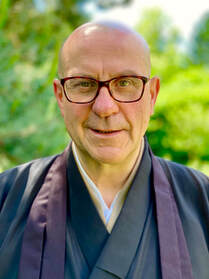 Ango (April 3 - July 9): Ango, or practice period, is an opportunity to focus a bit more intensively on our practice and perhaps to make a commitment to ourselves to stretch a little -- to sit a little more, attend a little more frequently, learn something new or take on a particular activity. We invite you to consider how you might deepen your practice during this time. Ango at Sanshin is designed to include the three activities of our practice: zazen, work and study. This three-month period includes sesshin, genzo-e, the precepts retreat and several work days in addition to our regular daily and weekly practice. During ango we have the additional leadership of a shuso, or head novice, who takes on various responsibilities in the sangha as an opportunity to develop clergy skills. Our shuso for this ango is Shinko Hagn from Vienna, who was ordained by Hoko in 2019. His theme for the ango is Four Embracing Actions. He will be supporting our practice and we will be supporting his growth as a leader. Shinko will be giving a series of nine Sunday talks, serving as doshi for monthly World Peace ceremonies, serving as ino for monthly ryaku fusatsu ceremonies, assisting with sesshin and retreats, and working with the sangha in myriad other ways while he's in residence here. In June, we will recognize the coming completion of his term as shuso with two ceremonies in which he will demonstrate his dharma mastery to the sangha and his readiness to teach and serve independently. 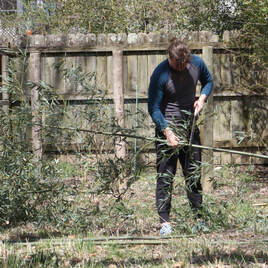 Work afternoon (April 9): There's a lot to do to get ready for the Platinum Celebration and other spring and summer activities. Participants generally engage in groundskeeping, building maintenance, and cleaning and sorting items like tools and supplies. Everyone is welcome for work practice, which generally happens on the second Sunday of the month. 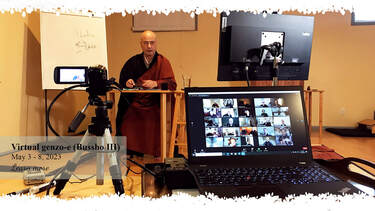 Virtual genzo-e on Shobogenzo Bussho (Buddha Nature), Part 3 (May 3 - 8): Okumura Roshi taught about the first and second parts of this text in the May and November 2022 Genzo-e. However, no prior knowledge of the text is required, so if you missed the previous genzo-e you will have no problem following along. This retreat is Okumura Roshi's final offering of genzo-e before he steps back from day to day leadership at Sanshin. All zazen periods and lectures will be shared on Zoom, and we encourage participants to participate in the full schedule if possible. Visit the virtual genzo-e page to learn more and to register.  June sesshin (May 30 - June 4): Sesshin at Sanshin is an opportunity to practice without distraction. We set aside the usual activities -- or entertainments -- of temple life, like work periods, meetings with teachers and dharma talks, and focus completely on zazen. We practice in complete silence following a 4 am to 9 pm daily schedule that consists simply of fourteen 50-minute periods of zazen with one-hour periods for meals and a bit of personal time. This sesshin-without-toys style of practice was created by our founder's teacher, Kosho Uchiyama Roshi, and practiced at Antaiji in Kyoto, Japan. We carry on and offer this tradition of our lineage here at Sanshin. Learn more here. Sanshin Network
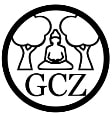 Virtual visit to Grove City Zen: Hoko gave a virtual talk for Grove City (OH) Zen's February practice day, held in partnership with the Central Ohio Center for Pragmatic Buddhism. The theme of the day was taking practice off the cushion, and she talked about practicing peace. 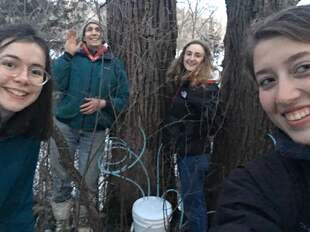 Upcoming events in Minnesota: Shodo notes that Mountains and Waters Zen Community has one event and two residential practice opportunities coming up: April 14-16 is a land care retreat in our traditional style, about half meditation, half work, plus open time for exploring the land or for visiting. Registration is required, and there is a fee. The first residential practice opportunity is to join us for weeks or months beginning any time, on a work exchange basis. We have a resident who is a permaculturist and will be actively working with the land, and your work would be mostly with him. Zen practice includes morning zazen, weekly online class, occasional discussion groups,and Antaiji-style retreats at least quarterly. The second residential practice opportunity would be longer-term residence. Unfortunately, we're not able to offer work exchange, but can help you find leads for part-time jobs. By fall there will be two spaces open with private rooms. Email Shodo for more information or check the website. Growth of oneness
News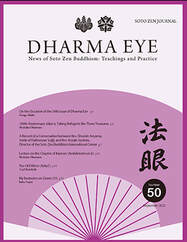 New articles by Okumura Roshi: The latest issue of Dharma Eye at includes two articles by Okumura Roshi. One is about the precepts and the other is about the Kannon fascicle of the Shobogenzo. See the issue for free here. Practice recap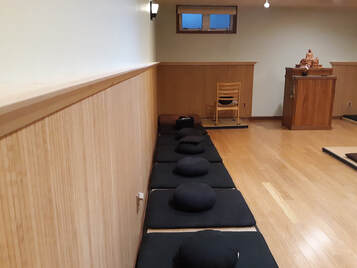 Work days: The sangha held two work days over the last month, mainly devoted to painting in the stairwell and continued finishing work in the zendo as well as general groundskeeping. There's a lot to do to get ready for the ango and for the anniversary and leadership transition activities happening this spring and summer. Everyone is welcome at work days, which generally happen on the second Sunday of the month. Coming up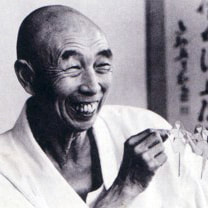 Five-day sesshin in honor of Uchiyama Roshi (March 7 - 12): Sesshin will be held as usual but will end with a memorial service for Uchiyama Roshi, who died on March 13, 1998. Uchiyama Roshi is one of the most important influences on Sanshin's practice today. For links to works by and about him, go to this page. 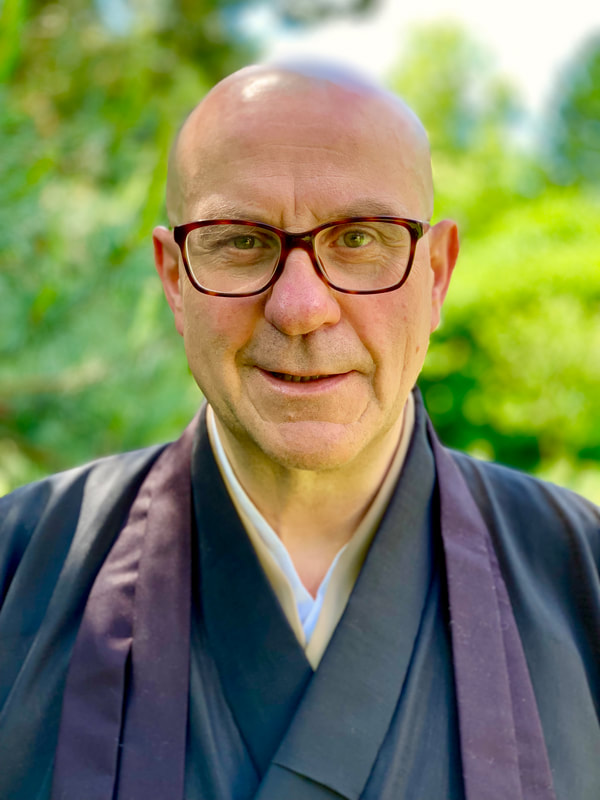 Ango (April 3 - July 9): Ango, or practice period, is an opportunity to focus a bit more intensively on our practice and perhaps to make a commitment to ourselves to stretch a little -- to sit a little more, attend a little more frequently, learn something new or take on a particular activity. We invite you to consider how you might deepen your practice during this time. Ango at Sanshin is designed to include the three activities of our practice: zazen, work and study. This three-month period includes sesshin, genzo-e, the precepts retreat and several work days in addition to our regular daily and weekly practice. During ango we have the additional leadership of a shuso, or head novice, who takes on various responsibilities in the sangha as an opportunity to develop clergy skills. Our shuso for this ango is Shinko Hagn from Vienna, who was ordained by Hoko in 2019. His theme for the ango is Four Embracing Actions. He will be supporting our practice and we will be supporting his growth as a leader. Shinko will be giving a series of nine Sunday talks, serving as doshi for monthly World Peace ceremonies, serving as ino for monthly ryaku fusatsu ceremonies, assisting with sesshin and retreats, and working with the sangha in myriad other ways while he's in residence here. In June, we will recognize the coming completion of his term as shuso with two ceremonies in which he will demonstrate his dharma mastery to the sangha and his readiness to teach and serve independently. 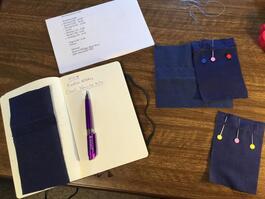 Lay precepts: Three places remain in the runup to this year's jukai-e activities with Hoko, set for July 9. If you're considering sewing a rakusu and taking lay precepts at Sanshin this year, it's time to finish your discernment and make a decision about whether or not to go forward. If the answer is yes, go to this page to learn more about the process, the required retreats and other information, and to submit your request to participate. Sanshin NetworkColombia's first official Soto Zen temple: Okumura Roshi and Shoryu Bradley were on hand at Comunidad Soto Zen de Colombia in Bogota for Densho Quintero's shinsanshiki, or mountain seat ceremony. A shinsanshiki marks the official installation of the abbot of a temple, and these events were part of the official establishment and recognition of the temple within Sotoshu. The community includes ten novices ordained by Densho and also has practice centers in Medellín, Armenia and Salento, and in Caracas, Venezuela. See more photos and a press release on the sangha's Facebook page. Zuise around the network: Onryu Kennedy, who received dharma transmission from Eido Reinhart in Minnesota in 2021, has completed zuise ceremonies at Sotoshu's two head temples, Eiheiji and Sojiji, in Japan. The ceremonies are required for official recognition and authorization by the denomination as a dharma teacher. Kyoku Lutz (Germany), who received transmission from Hoko in 2020, and Mokusho Depreay (Belgium), who received transmission from Okumura Roshi in 2022, are making plans to complete their zuise ceremonies within the next few months. There has been a tremendous waiting list for zuise for some time due to the pandemic, and now that travel to Japan is possible once again our network members can carry out their training and credentialing. Hoko in Europe: Hoko spent a week each in Vienna and Hannover visiting and working with the leaders and sanghas of Daijihi and Fruhligsmond Zendo. In addition to regular daily practice, several rounds of sightseeing and fellowship activities, she participated in a special ceremony in each place. In Vienna, joined by Doryu and Gyoetsu from Anshin Centro Anshin in Italy, sangha leaders held a little purification and blessing ceremony on the land which will shortly become the site of a campus containing a new temple as well as housing for people making the transition from incarceration or homelessness. In Hannover, joined by Shoju and Shogen from Zendo L'eau Vive in France, sangha members held a brief ceremony at Aegidienkirche, which was bombed during WWII, on International Holocaust Remembrance Day. Daijihi is led by Shinko Hagn, who was ordained as a novice by Hoko in 2019. Fruligsmond Zendo is led by Kyoku Lutz, who received dharma transmission from Hoko in 2020. For complete information about Sanshin and our style of practice, visit our homepage.
News
Practice recapJanuary sesshin: Seven practitioners persevered amidst myriad challenges to complete the 5-day sesshin. No residents were on campus and several practitioners originally registered had to cancel their participation due to illness or other reasons. Those remaining faced a reallocation of work tasks and leadership roles that gave everyone several jobs a day in the kitchen and zendo just to carry on basic functioning, 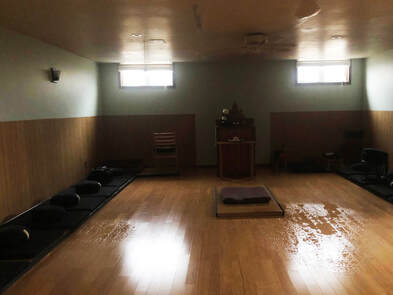 Just a few hours before sesshin was to begin, a water leak from the zendo ceiling inundated floorboards, under-floor heating, tatami and cushions. Mops, buckets and fans were the order of the day as the great drying-out began. Clearly practice in the zendo would not be possible for awhile. Hoko hastily constructed a makeshift zendo in the common room which just fit the size of the group and practice was held there for the first day and a half. Kinhin was held outside, and practitioners had the opportunity to practice with the distraction of the bright moon, singing birds, winter breezes and uneven paving stones. 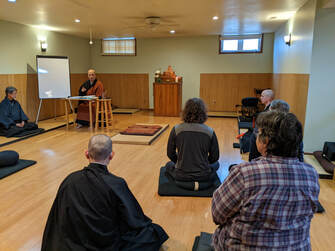 With the zendo and its contents relatively dry, the group moved back but soon discovered that one of the two toilets near the zendo was leaking, rendering it off limits for the duration. It meant a quick dash next door to the residential facility during kinhin for some when the sole remaining restroom was in use. Nonetheless, the sesshin wrapped up successfully with the usual Sunday practice with the rest of the sangha and a talk by Okumura Roshi. Coming upFebruary abbreviated schedule: As usual in February, Sanshin will lighten its practice schedule for the month. There will be no chanting services or Zuimonki reading following weekday morning zazen, and no weekday evening zazen. The Wednesday evening discussion group has chosen to continue to meet during this time. See the complete schedule here. 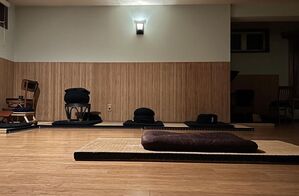 Five-day sesshin in honor of Uchiyama Roshi (March 7 - 12): Sesshin will be held as usual but will end with a memorial service for Uchiyama Roshi, who died on March 13, 1998. Uchiyama Roshi is one of the most important influences on Sanshin's practice today. For links to works by and about him, go to this page. Sanshin Network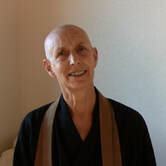 Shodo Spring will give an online talk for Hokyoji in southern Minnesota on January 21. Zazen periods begin at 8:30 and 9:00 am Central Time and the talk begins at 9:30. More information is here.
For complete information about Sanshin and our style of practice, visit our homepage.
Speaking of Not SpeakingShohaku Okumura
100th anniversary of Soto Zen in North AmericaMembers of the Sanshin community filled key roles in this national and international anniversary celebration and jukai-e in November in Los Angeles. Okumura Roshi served as a sekkaishi, or teacher of the precepts; Hoko, Shoryu and Hosshin made up the ino ryo, responsible for leading chanting and shomyo; Eido Reinhart was a member of the ryoban ryo, the group of clergy on the platform during ceremonies; board member Zuiko Redding served as a gosendoshi (main officiant's escort) and Mark Fraley, Gene Elias and Mark Ahlstrom were kaitei, or precepts recipients. The week-long event was in preparation for several years and became a valuable opportunity for continued transmission of the dharma to the West. Additional images are available on our Facebook page. NewsThree novices take vows: Immediately following the close of the Rohatsu sesshin on December 8, Misaki Kido from California and Sanshin residential practitioner Kikuko Morimoto completed shukke tokudo ceremonies, taking their vows with Okumura Roshi and becoming novices. Each received the traditional robes, bowls, lineage paper and dharma name, as well as the precepts. Misaki is now known as Jikei and Kiku is now Esho. Two days later, Stefanie Wachowitz from Germany completed the same ceremony with Hoko and is now known as Jinryu. She practices with Kyoku Lutz at Fruhlingsmond Zendo in Hannover but will be returning to Sanshin in April for a term of residential practice. The addition of these three new members of the Sanshin Network brings the family to nearly three dozen ordained sangha worldwide. 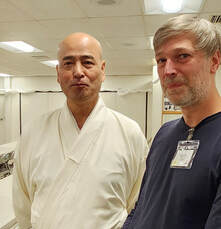 Okumura Roshi and Mark Fraley at the 100th anniversary events in Los Angeles Okumura Roshi and Mark Fraley at the 100th anniversary events in Los Angeles Board President Mark Fraley says: As our sangha looks to welcome a new head dharma teacher in June of 2023, Sanshin’s board of directors is preparing to ensure our community’s continued capacity to cultivate Zen practice in the Midwest. We are currently in the process of revising the mission statement, preparing for 20th anniversary events, and nurturing an inclusive and ecologically sustainable sangha. We are also planning to raise funds so that we can renovate our facilities, expand programming, support the Dogen Institute, and ensure the Okumura family has a safe and stable living environment. If you have an interest in supporting our sangha to meet these goals, don’t hesitate to reach out to me. 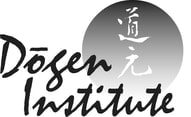 Podia site offers genzo-e content and e-books: Dōgen Institute has launched a subscription site for access to audio and video content related to our mission. With a monthly subscription, you will receive access to a collection of Okumura Roshi’s genzo-e lectures. We are offering a variety of audio and video recordings of various genzo-e given over the years. These genzo-e focus on the study of Dōgen Zenji’s Shobogenzo. Each genzo-e generally consists of 9 or more individual lectures. When available, a printed translation of the text being studied is also provided. The subscription is $10 per month, or $100 for a full year, and you will receive a free, 5-day trial with your subscription. For more information, please see this page. Two e-books are also available on the Podia site. One is Okumura Roshi's e-book, The Structure of the Self in Mahayana Buddhism. Okumura Roshi writes: “In my original dharma talks on Opening the Hand of Thought, I mentioned no-self, but the relation among these three perspectives of the self (conditioned self, no-self and universal self) was not clearly explained. That relation, within the context of Mahāyāna Buddhism, became the focus of this article.” Also available for download is Hoko's Understanding Sanshin Style. Practice recapVirtual genzo-e: Okumura Roshi's penultimate genzo-e at Sanshin covered part two of Dogen's Bussho fascicle. Eighty practitioners attended the five days of lectures, with most listening remotely and a small group of residents and workers took part in person. The final genzo-e at Sanshin will take place in May. 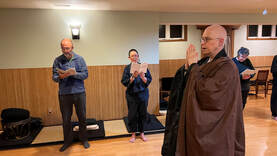 Rohatsu sesshin: Twelve practitioners gathered for the annual observance of Buddha's awakening. The weeklong sesshin is the longest on Sanshin's annual calendar, and on the final evening participants sat until midnight and ended with a brief chanting service. The service was held again on the following Sunday so that more of the sangha could participate in the observance, one of the traditional sanbuki (Three Buddha Days). 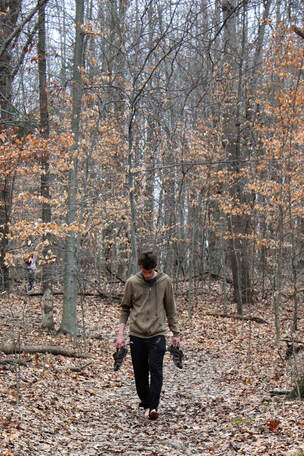 Sesshin and Genzō-e: Continuities and Communities Sawyer Jisho Hitchcock A few days into the recent November genzō-e on Shōbōgenzō Busshō, Okumura Rōshi introduced the story of Nagarjuna’s “manifesting the form of the round moon,” sitting zazen before an assembly of eager seekers. Nagarjuna’s first quoted words to his soon-to-be fellow practitioners are, simply: “If you want to see buddha-nature, you should first eliminate self-clinging.” As Okumura Rōshi went on to say, in his humble and amused way, many of us Buddhists tend to view this “elimination of self-clinging” as, in a sense, a kind of endpoint of Buddhist practice – so that to call this our first task towards “seeing buddha-nature” seems like a bit much to ask! Nevertheless, in Dōgen’s slightly altered retelling of this story for his fascicle Busshō, it appears that all those assembled are soon sitting perfect shikantaza together with Nagarjuna. Dōgen has the assembly intone in unison: “At this moment, we are not seeing anything with our eyes; we are not hearing anything with our ears; we are not discerning anything with our minds; we are not experiencing anything with our bodies.” In other words, the community has dropped off body and mind, so that separation between “sense-organs” and their “objects” – and between individual practitioners clinging to their own selves – in some sense falls away. In a related story, during the informal teatime following September sesshin, Dōju asked Owen and me that mischievously innocent question, “How was your sesshin?” I gave him a kind of sour look and shook my head to convey a tired (and achey...) body and mind, and then something like the following exchange ensued: Dōju (still grinning mischievously): Do you feel your ‘beginner’s mind’ refreshed? Okumura Roshi always used to say there’s nothing like sesshin to remind us we’re all still beginners... Me: It’s kinda funny... just before this sesshin I was thinking, ‘Ah, I think I’m starting to understand sesshin...’ Dōju (smiling still): Sesshin can never be the object of our understanding. Right away, I felt a kind of raw disappointment in the plain, quick truth of what Dōju said. Now, connecting this small post-sesshin exchange to Dōgen’s take on Nagarjuna’s sitting assembly reminds me of the liberating aspect of that truth. For the duration of our temporary assembly as a ‘loose-knit’ yet intimate sesshin community, our shared activity is not something to be put to later use, in some way we can definitely “understand.” Though reflection on what transpires can be helpful, Hōkō reminded us at our breakfast gathering following this past Rohatsu sesshin that “Doing sesshin is studying sesshin.” After just a few days, this particular practice structure dissolves, and each of us continues along some trajectory, having, very simply, lived together – each of us having fully occupied a space. On many occasions over the past eight months living and practicing in residence here at Sanshin, I’ve been reminded of my own beginner’s mind in this world of practice, inclusive of life in general. Being closely involved in the uncertain work of co-creating a new and unique residential practice structure here, I’ve had the feeling of being in over my head more than once. There has also been a durable awareness throughout of the good fortune to be continuously present here during this time. When awake, I feel I’ve been able to draw certain lines of continuity, through my own body and mind, somewhat unique to a life of practice here – like those between sesshin-without-toys and genzō-e; evening zazen, sleep, and morning zazen and service; the bamboo thicket, the wildflower meadow, the paw paw patch; vegetables grown very near or very far away; solitary Eihei Shingi study and Friday sangha breakfast with oryoki; Kiku (now Eshō) and me, and the rotating array of sincere practitioners and teachers here in the dorm and the broader sangha. And there has been something profoundly compelling, here at Sanshinji so near to Okumura Rōshi’s retirement and Hōkō’s stepping up, in setting some groundwork for others to take a turn at refining this life – and carrying it onward and outward beyond their own understanding. I find one more contemporary reflection of Nagarjuna’s matter-of-fact advice to his assembly, in Hōkō’s recent e-book Understanding Sanshin Style, “Figuring out what community really is means studying what selflessness really is.” Looking towards the end of my own time in the temporary assembly living and practicing here twenty-four hours a day, knowing that my relation to this and other communities will shift in some fundamental ways, I can only say that, of course, I haven’t figured it out. May present and future Sanshinji residents, practitioners, and widening circles of assemblies of beings continue to work together to deepen and clarify this study endlessly. Coming up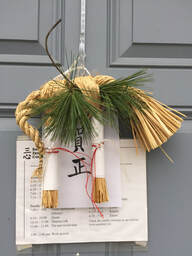 Please note holiday closures: Sanshin will be closed for the holidays on the following days; regular practice will not be held and administrative work will be paused. December 24 - 26 (Saturday- Monday) December 31 - January 2 (Saturday - Monday) Sesshin begins on January 3; regular activities will resume with Sunday morning practice on the 8th.
Sanshin NetworkShodo Spring of Mountains and Waters Alliance in Minnesota is offering an online class studying Uji through Dainin Katagiri's book Each Moment is the Universe. The class begins January 4, 6:30-8 pm Central Time, with optional zazen at 6 pm, and runs through March 15 on the first three Wednesdays of each month. Donations are requested but not required; registration is required. On December 15 registration will be opened to the public through Facebook and other publicity methods. More information and registration is available here,
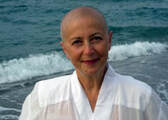 Gyotesu Epifania of Centro Zen Anshin in Rome was interviewed by Radio One. Listen here; the interview begins at 4:30. She and Doryu Cappelli have been busy working with various faith and educational groups, making presentations and performing chants and music in the community. For complete information about Sanshin and our style of practice, visit our homepage.
|
Sangha NewsOur newsletter is posted once a month. Sign up for our mailing list to get notifications of new issues. Archives
July 2024
|

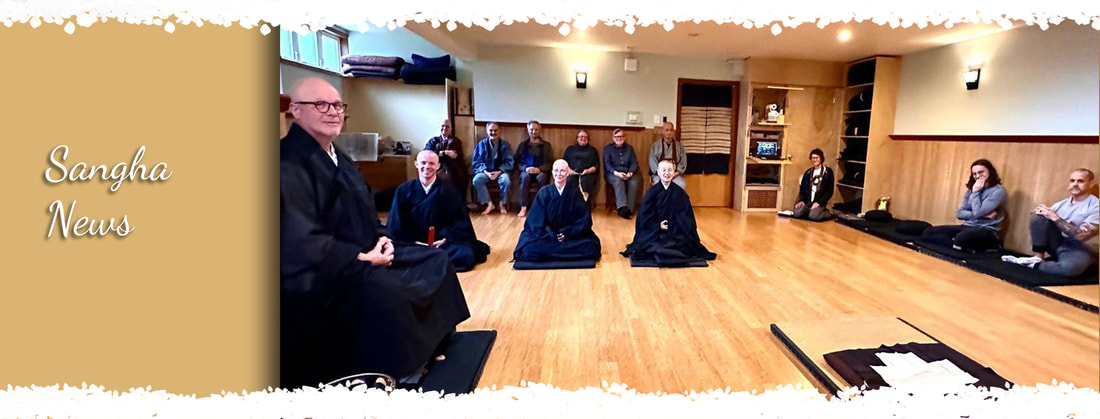
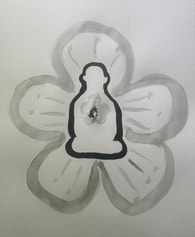

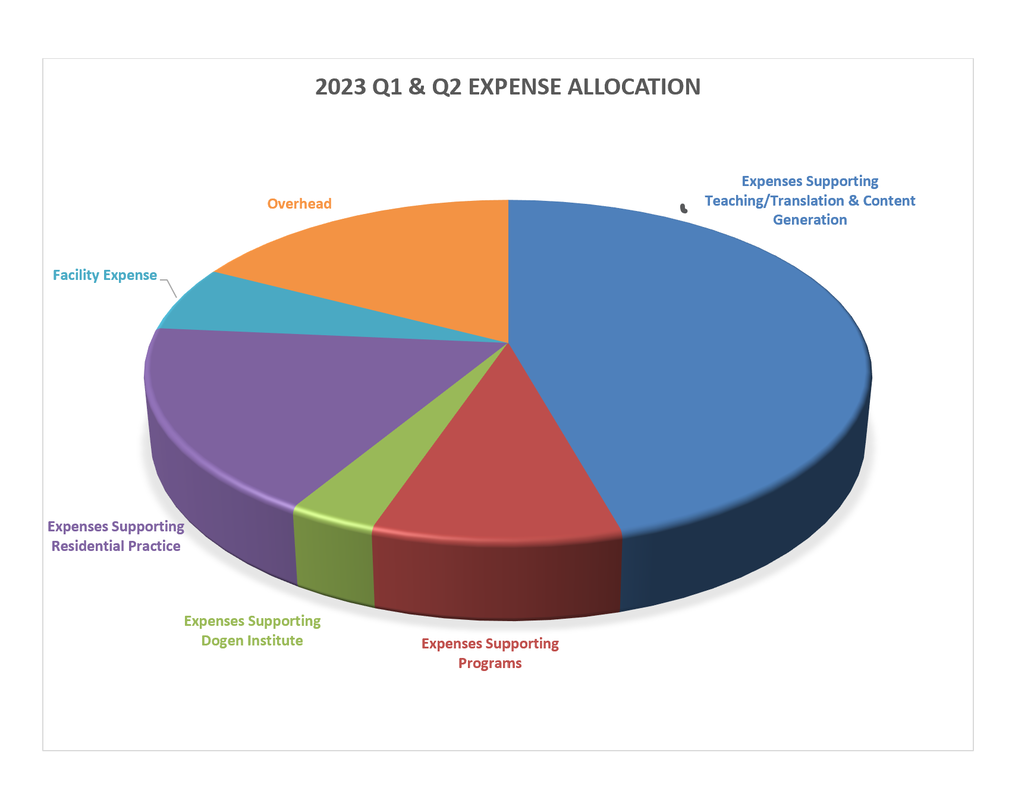


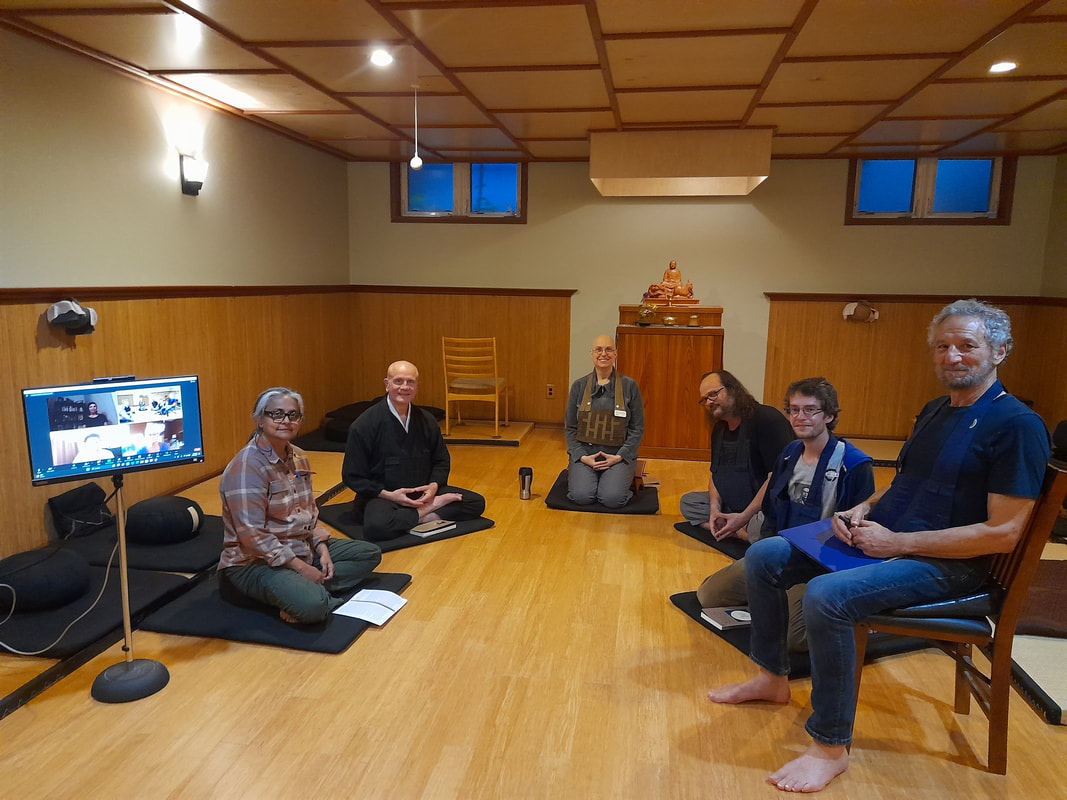
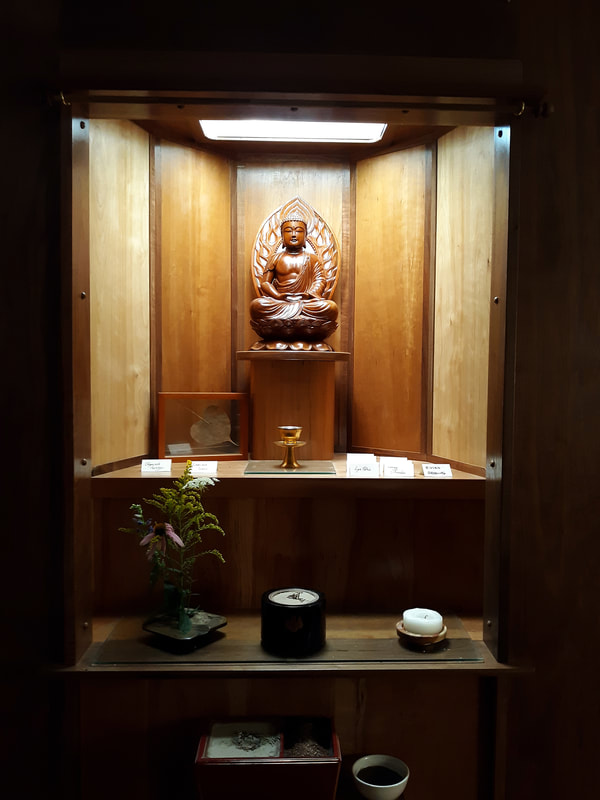

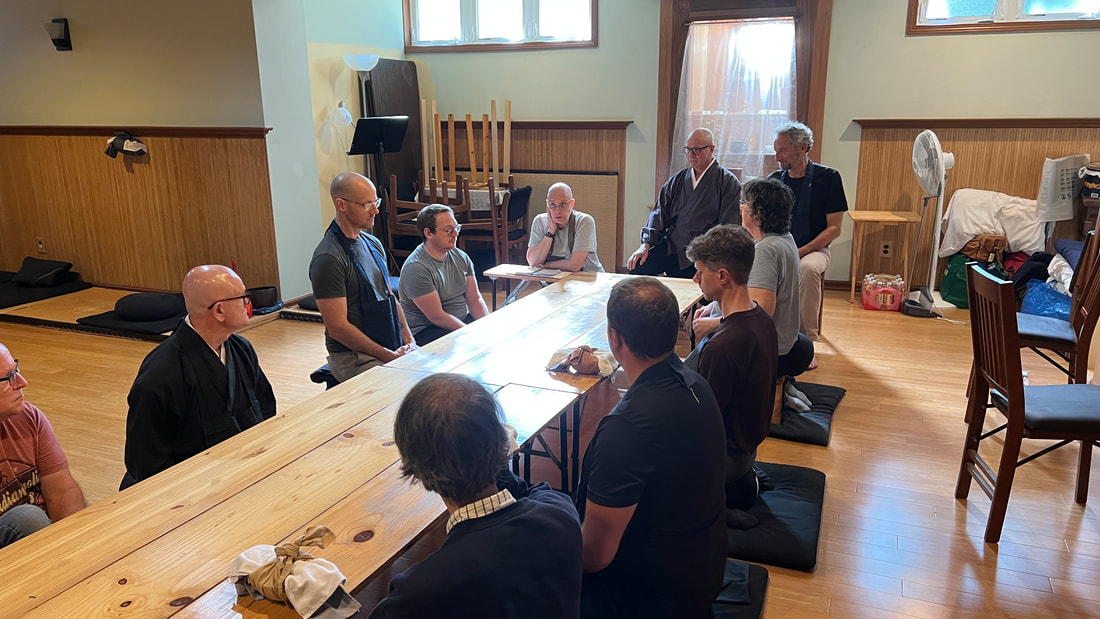
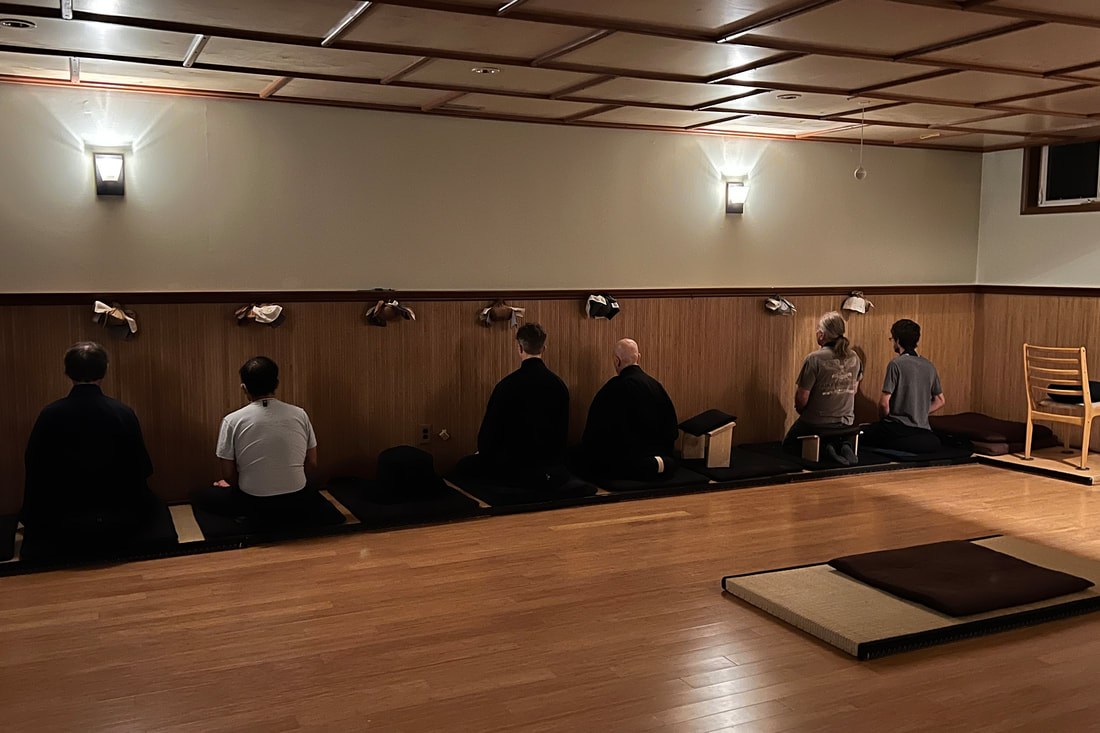
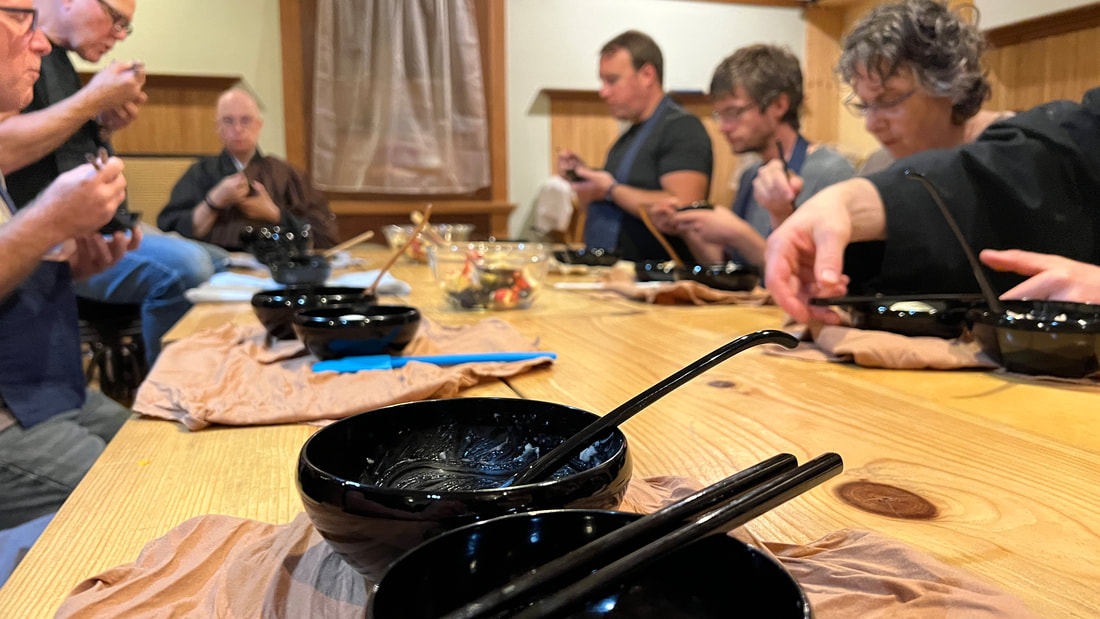


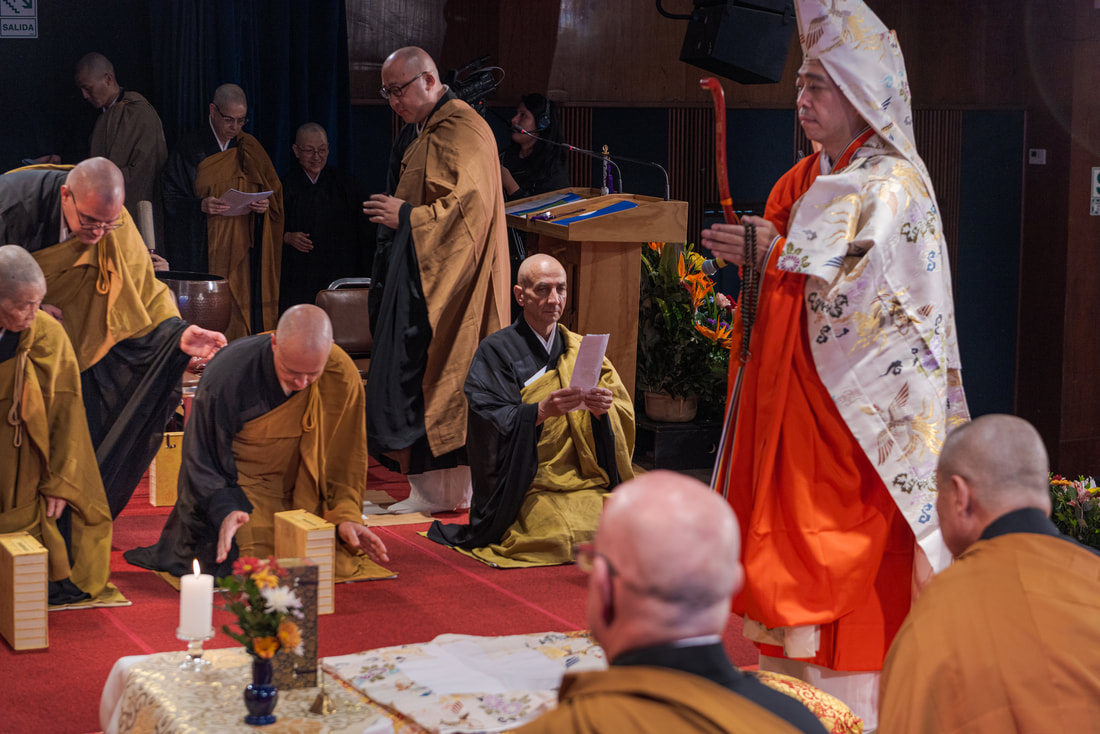


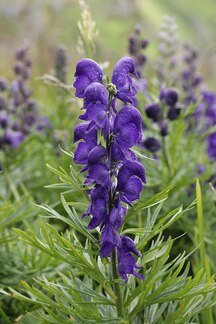




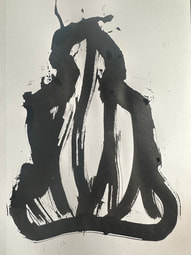

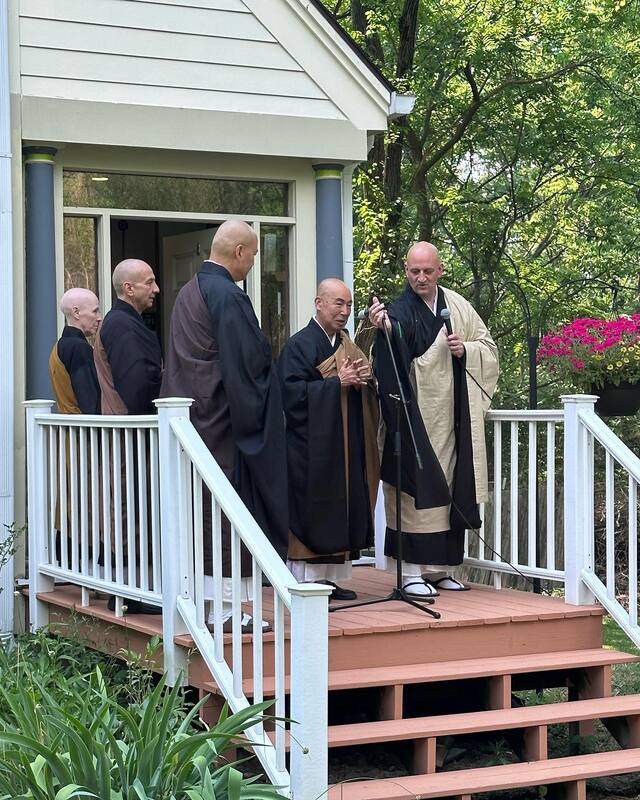
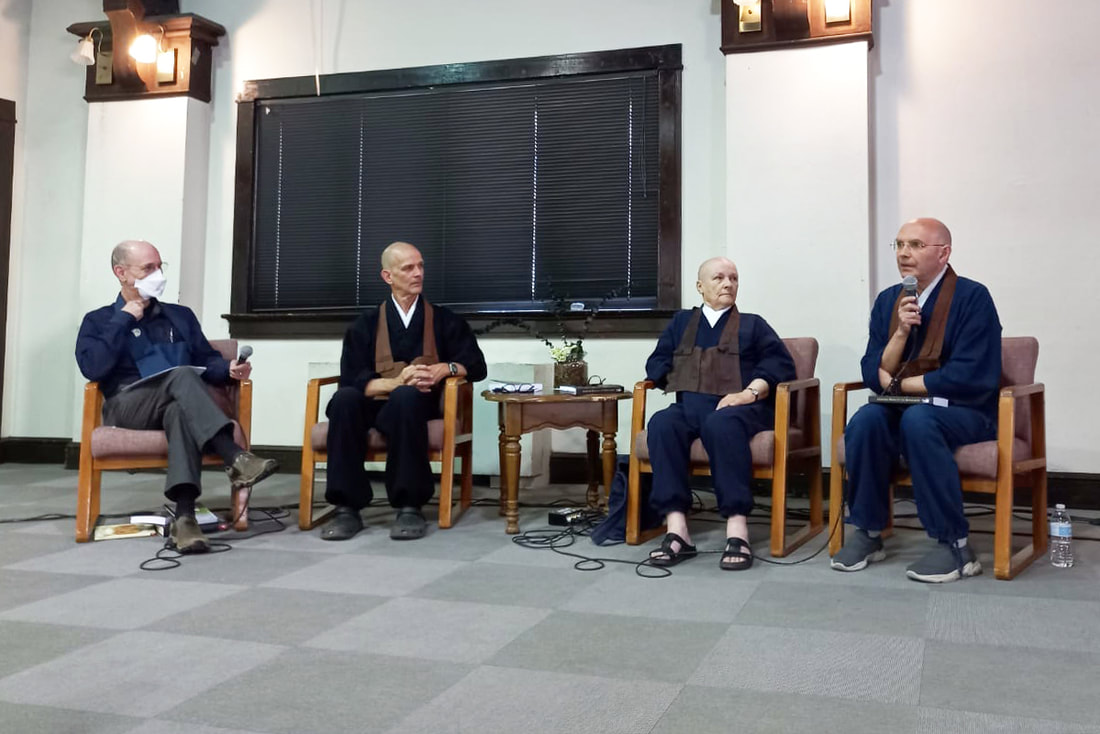
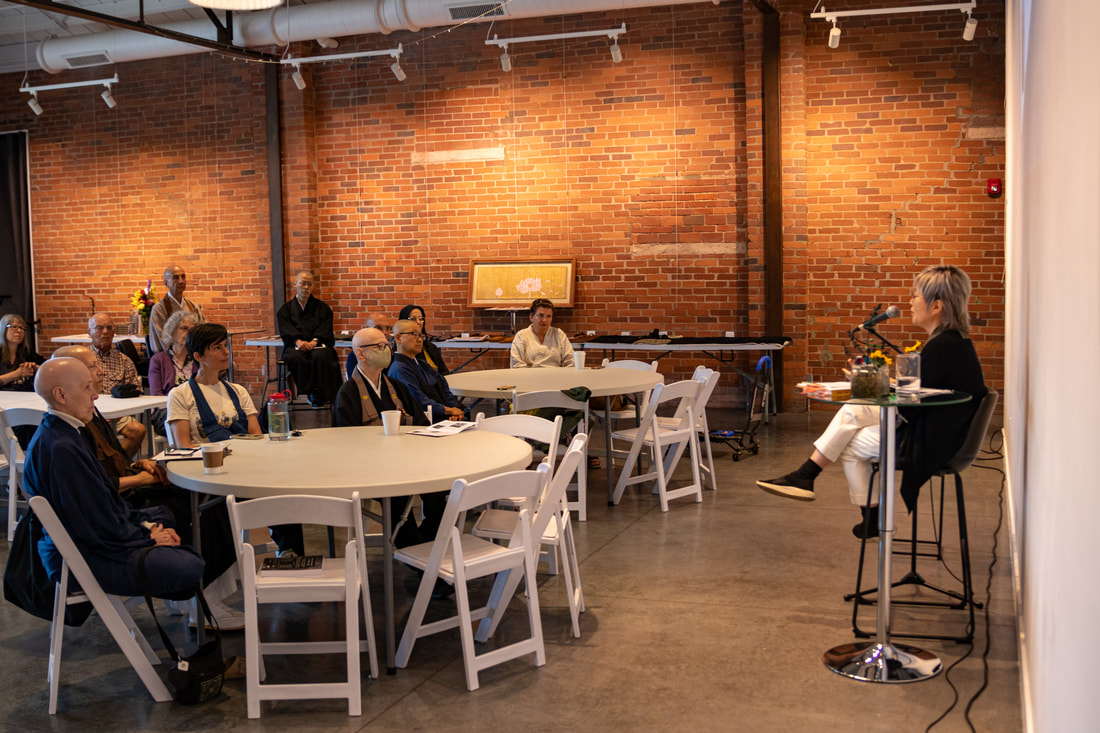
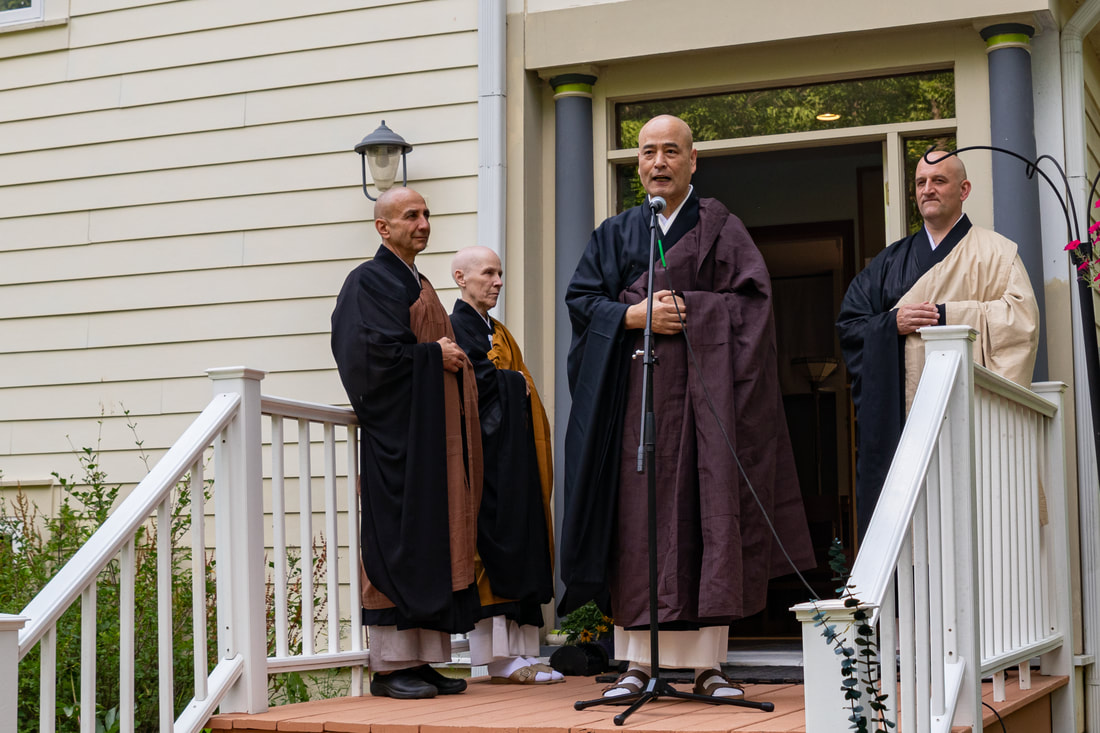
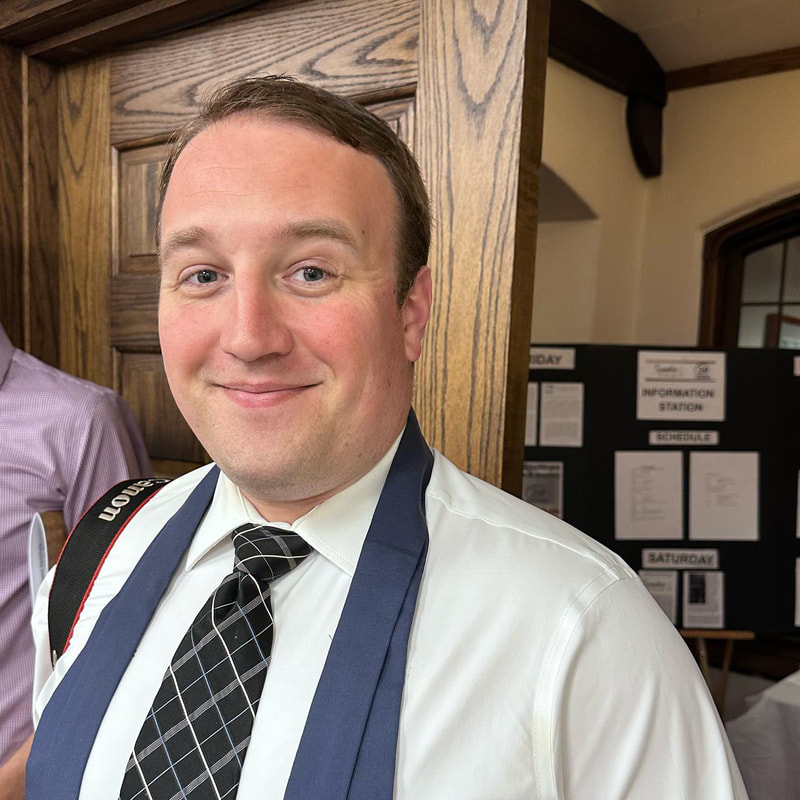

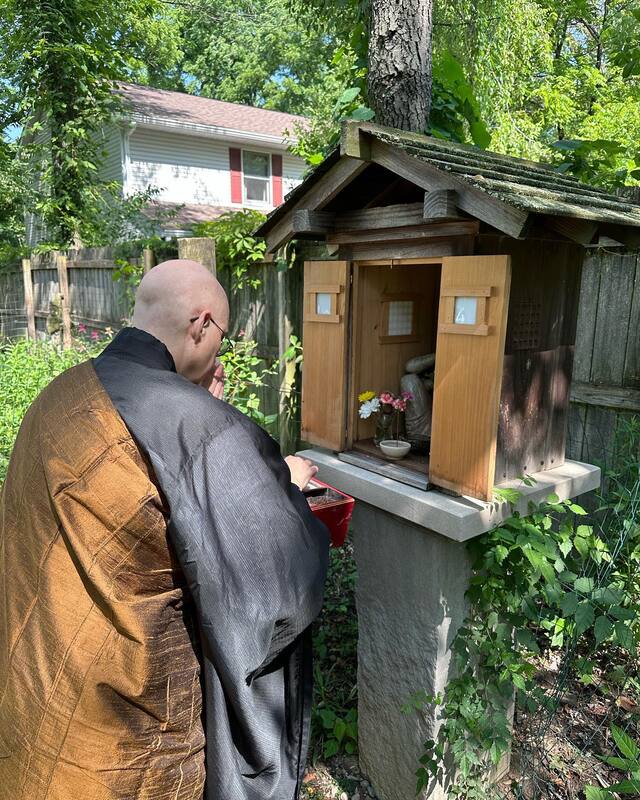
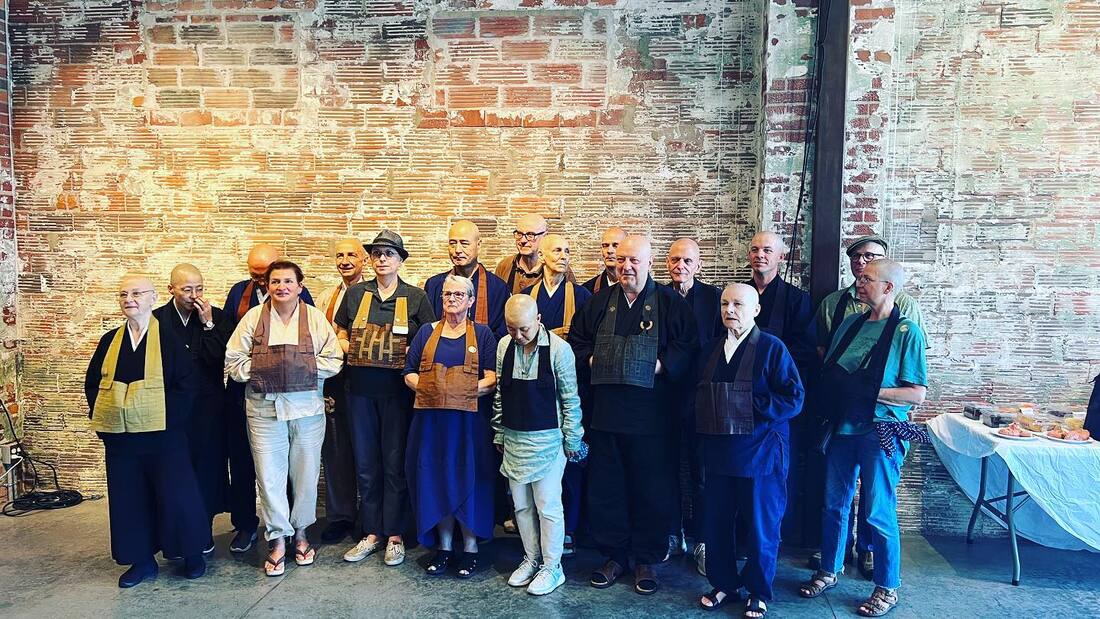
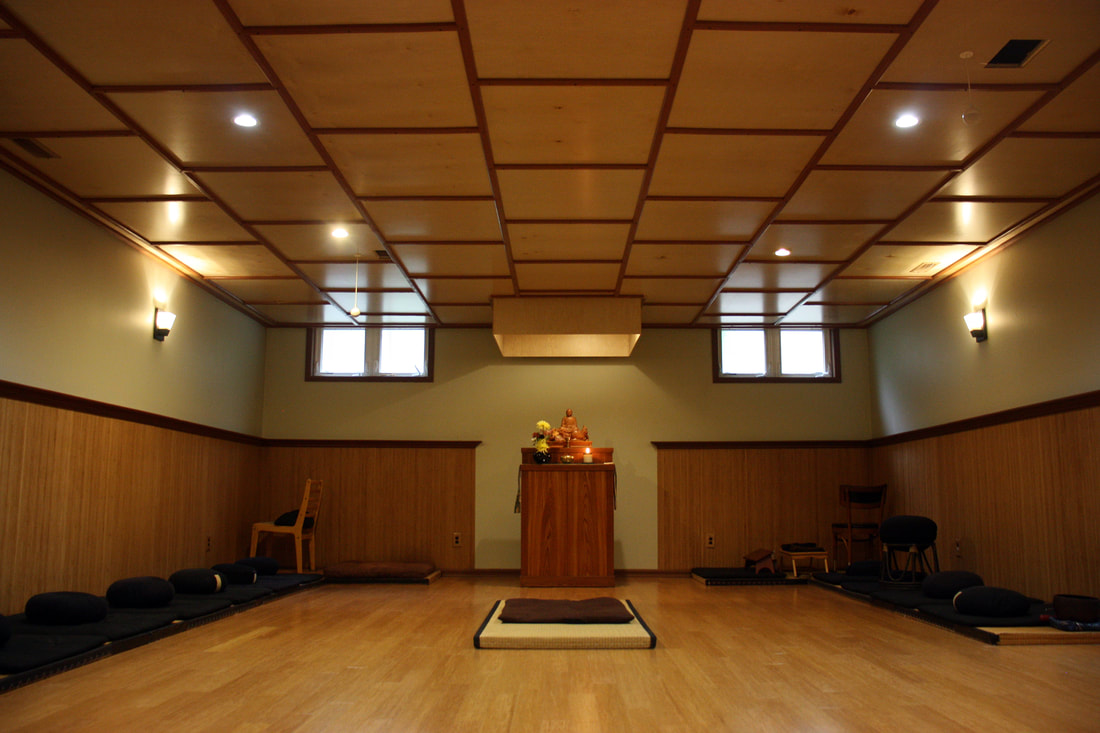
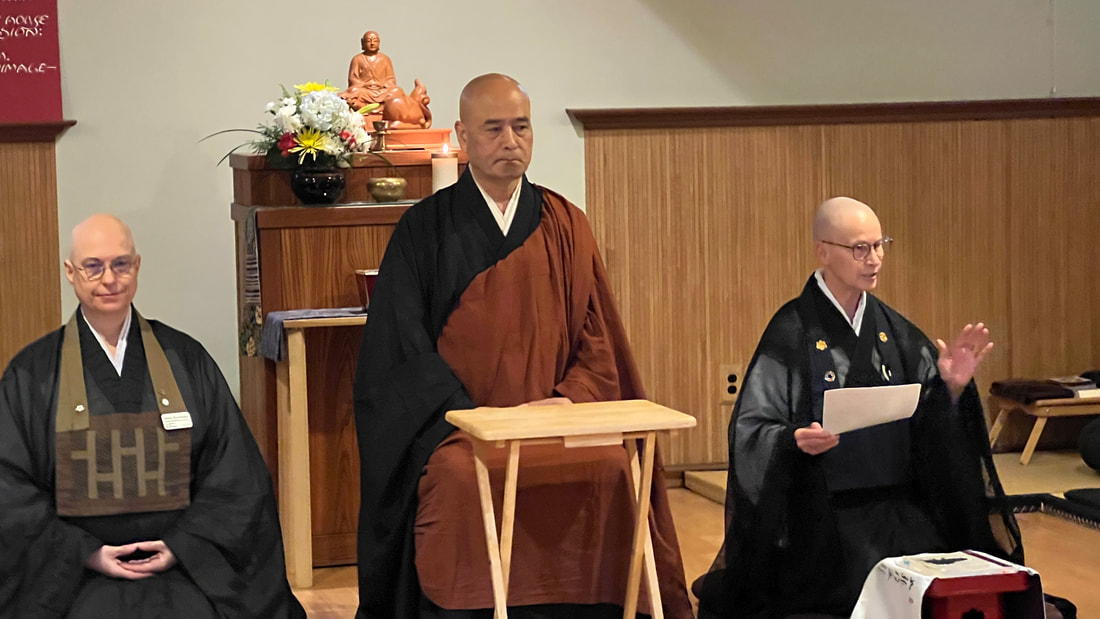
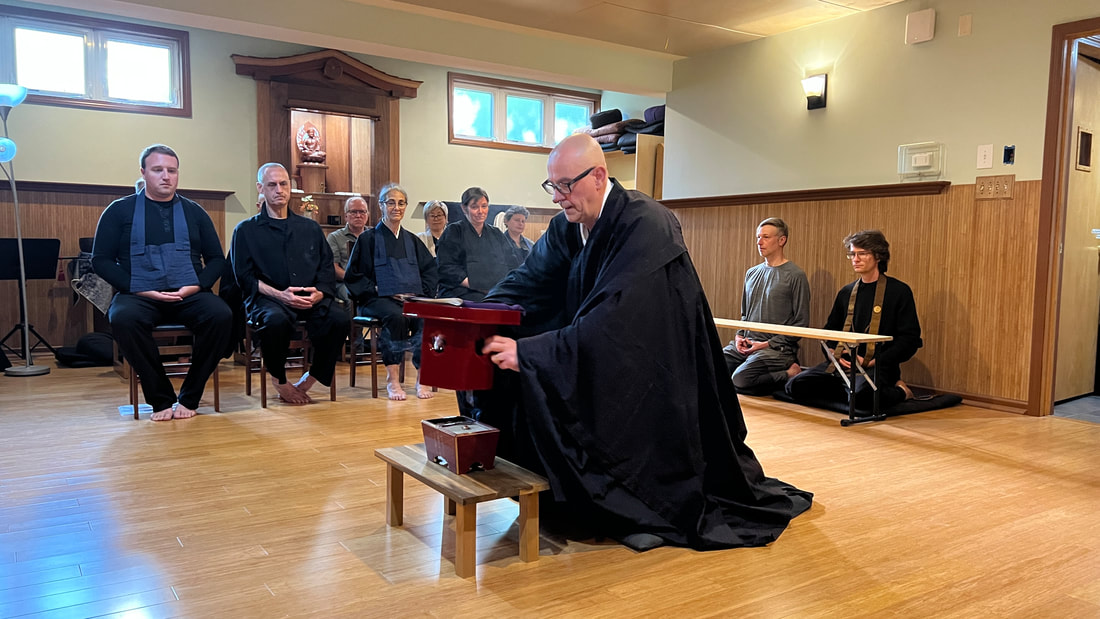
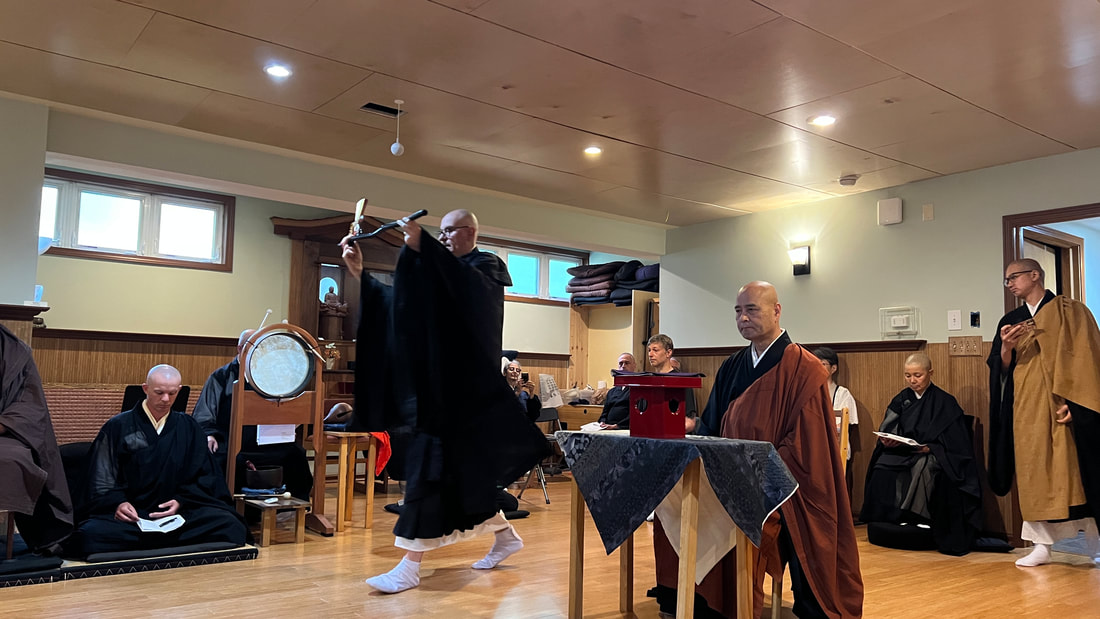
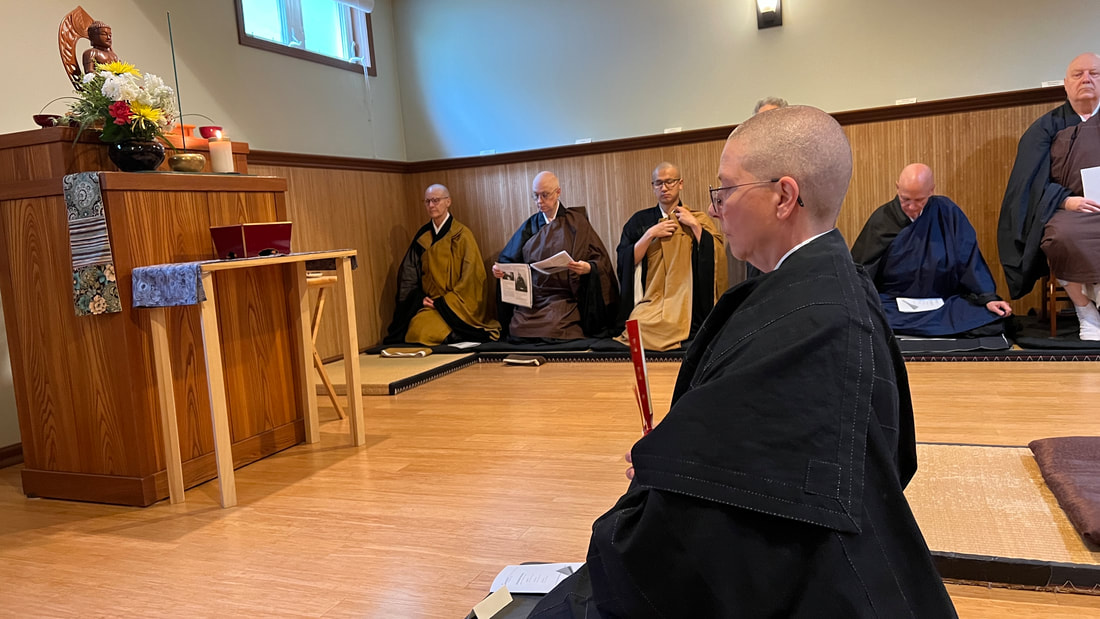
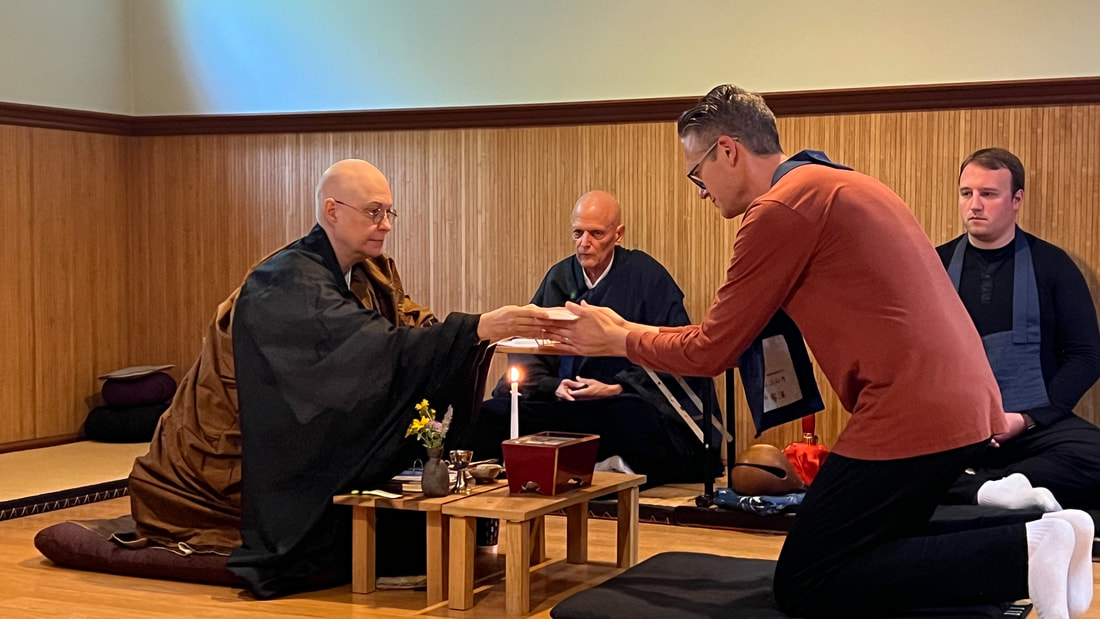

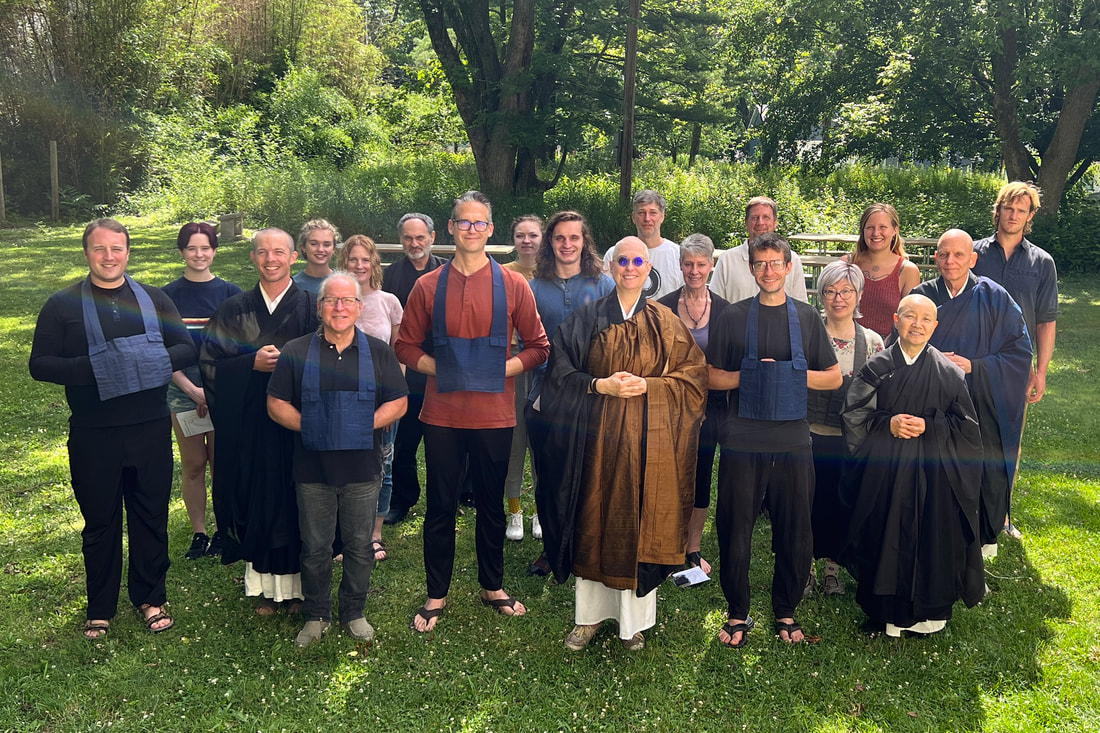


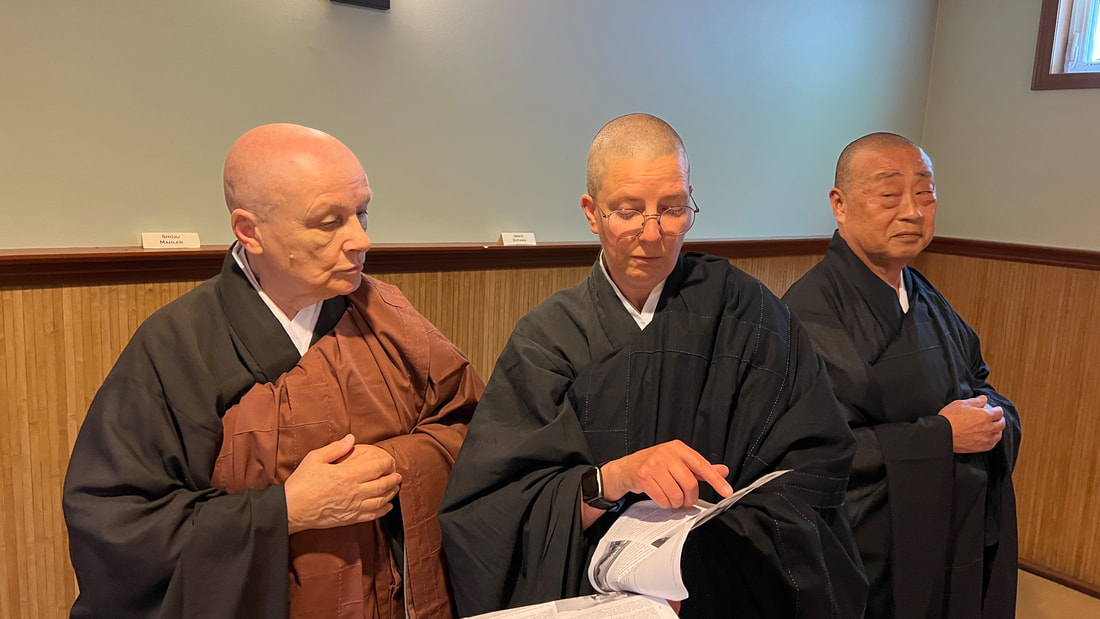
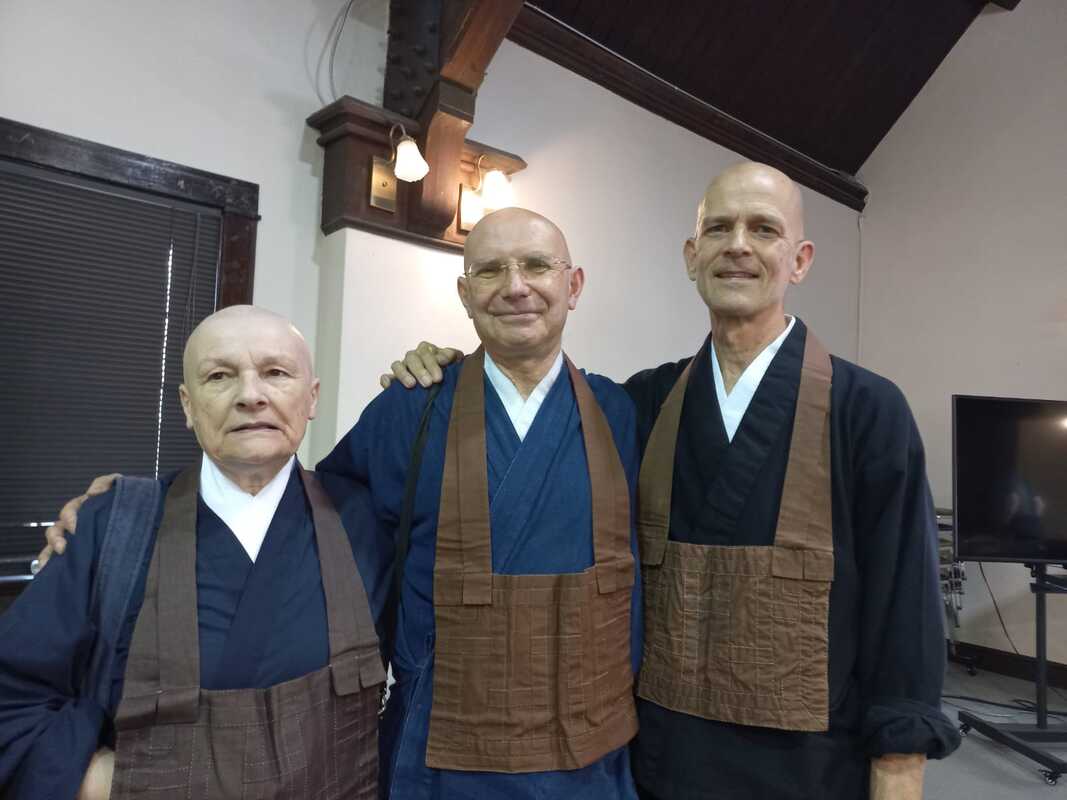
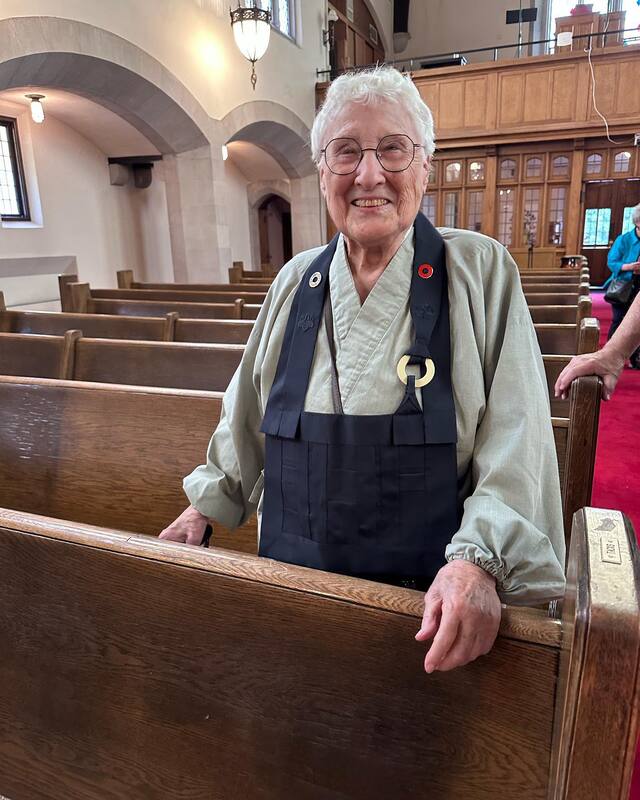
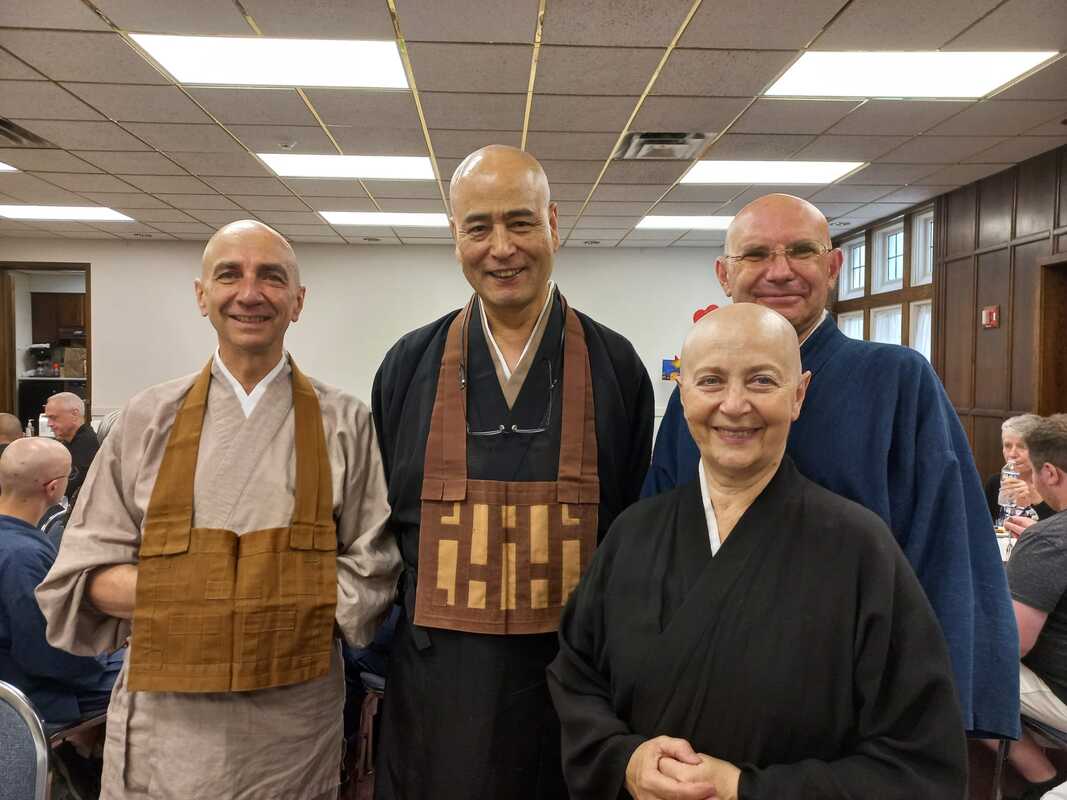
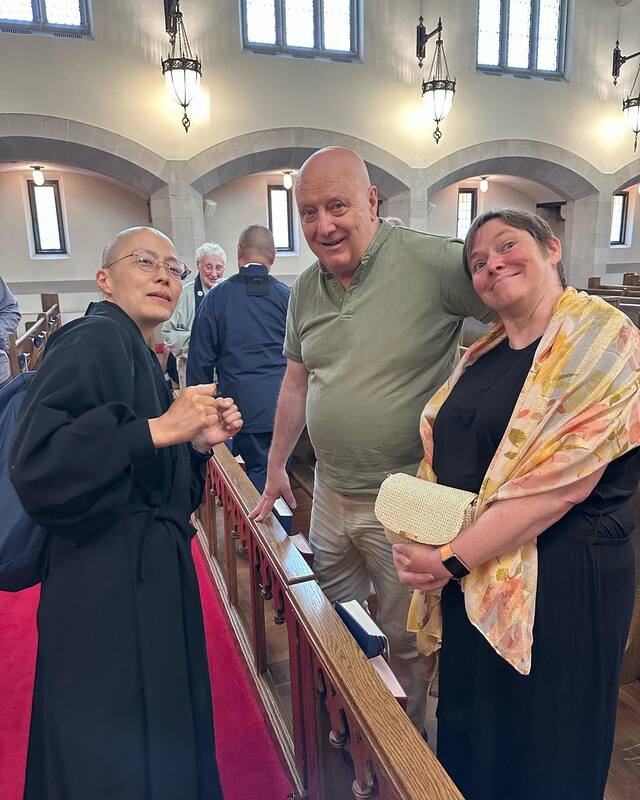
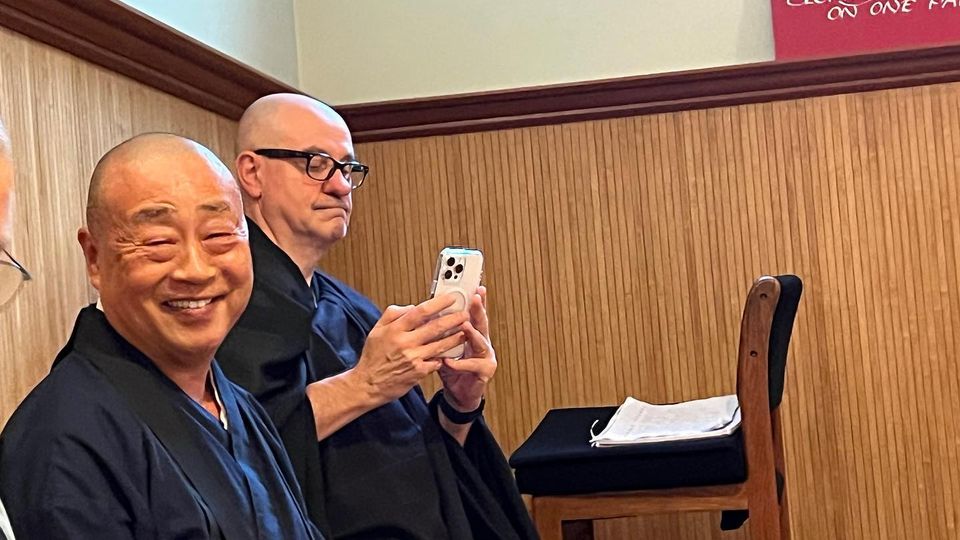

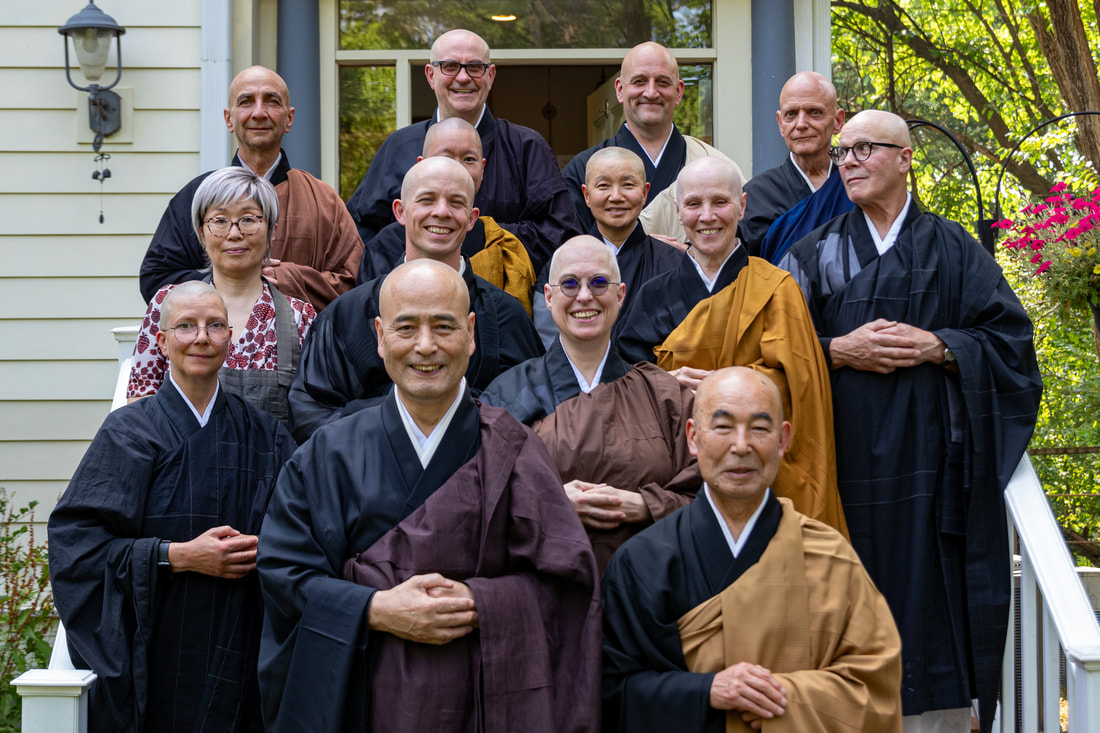
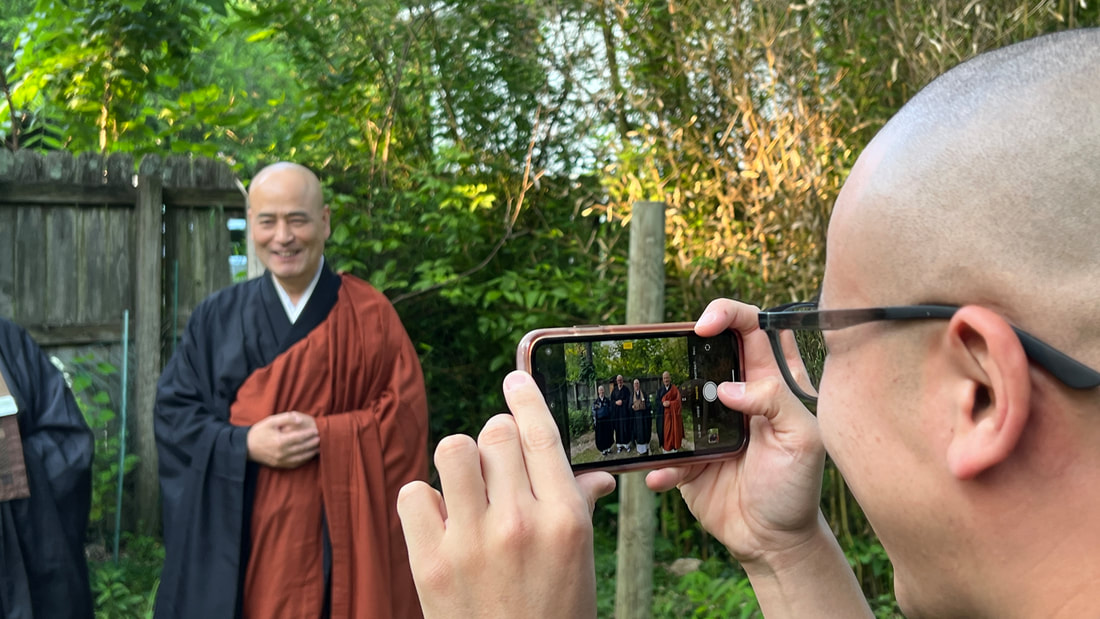

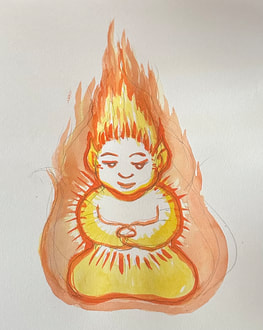



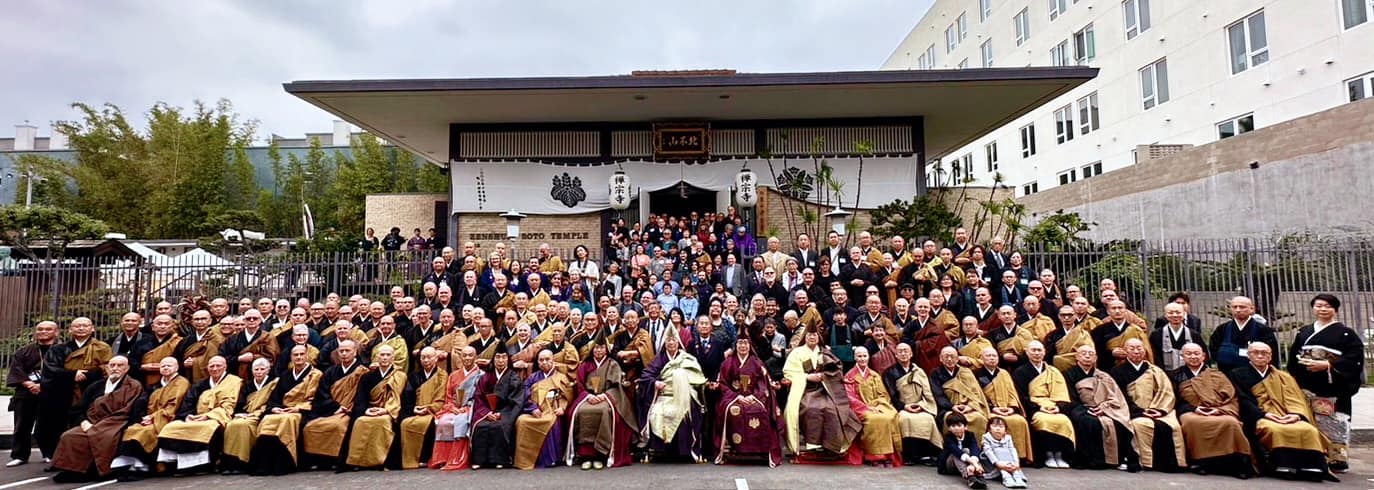

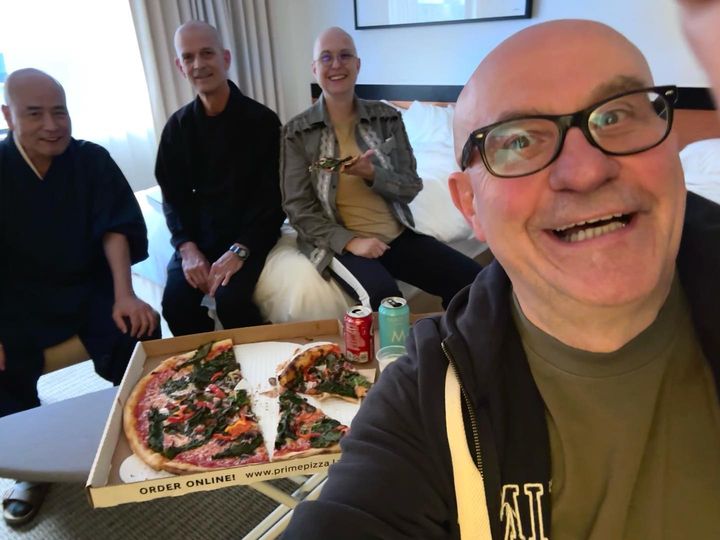
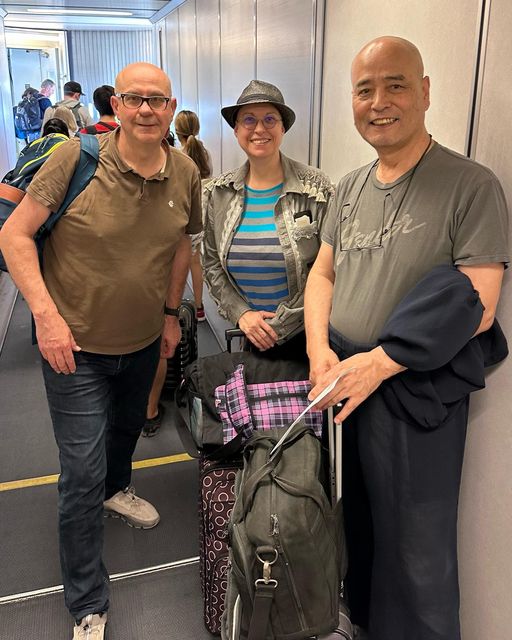
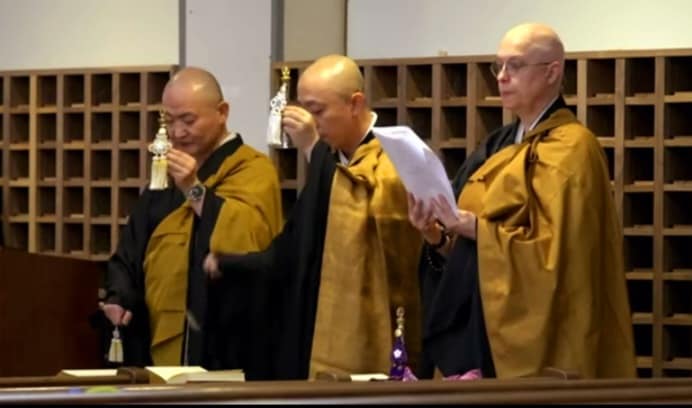




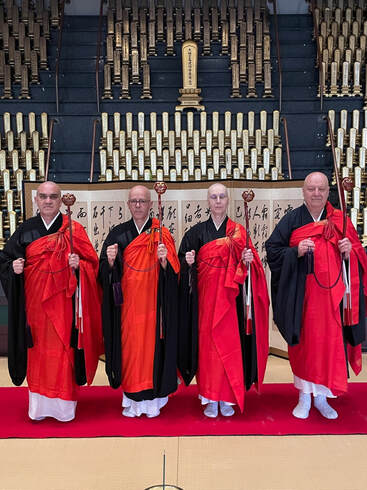

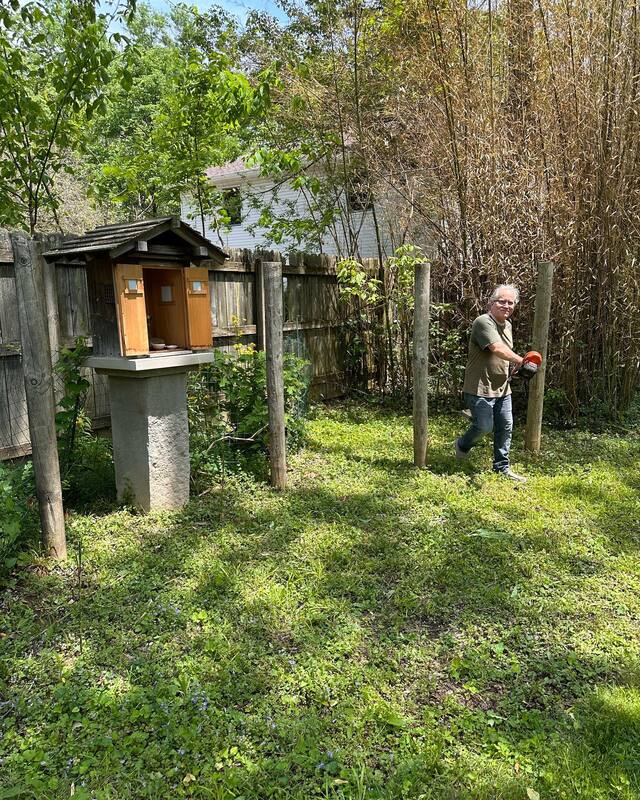


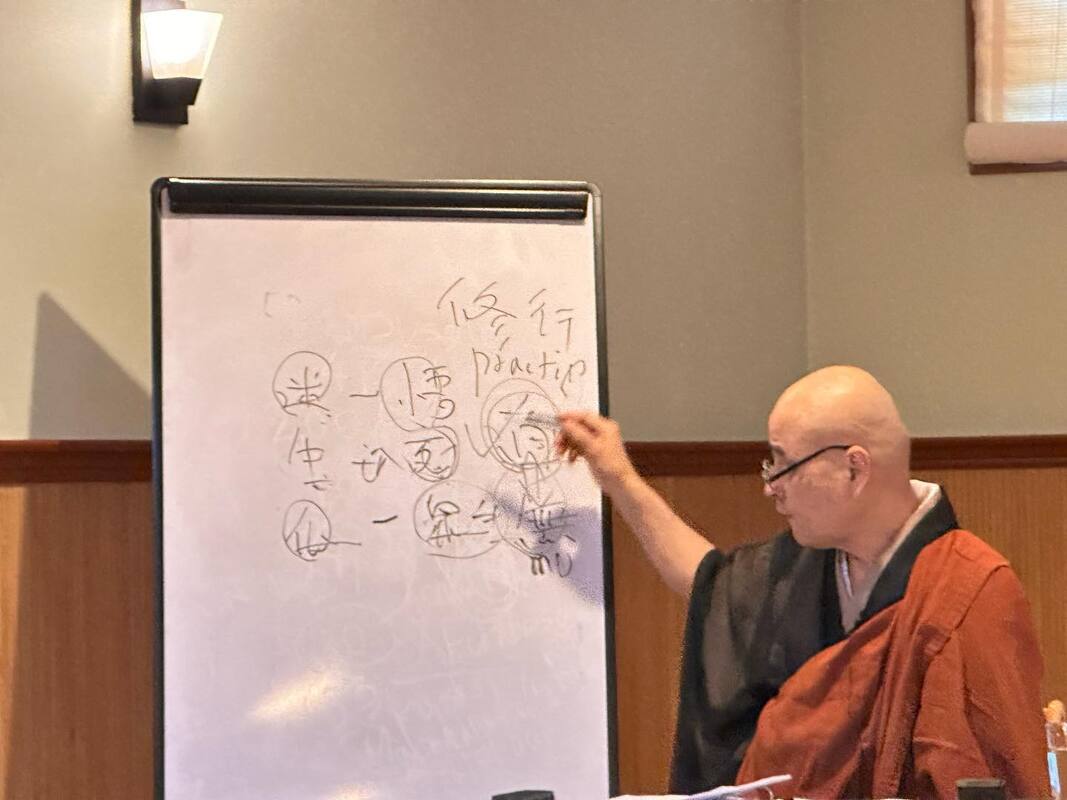
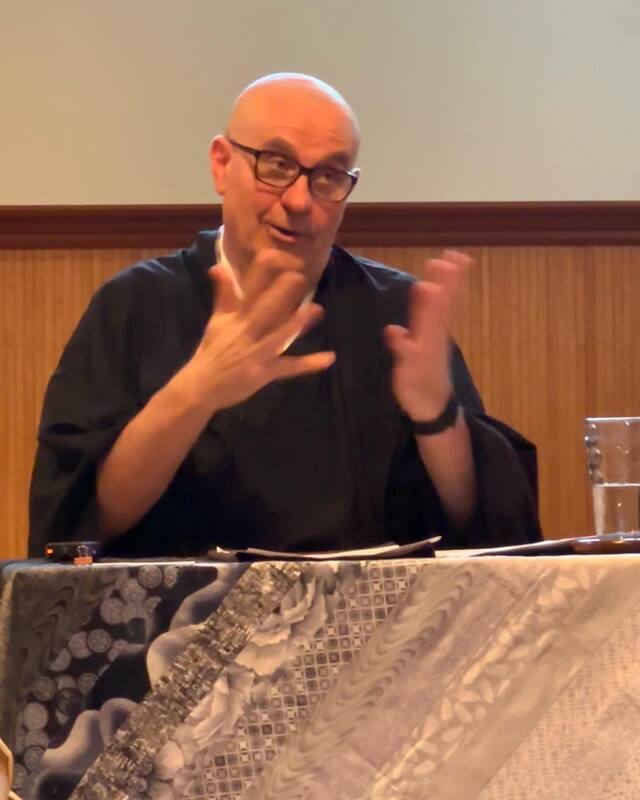

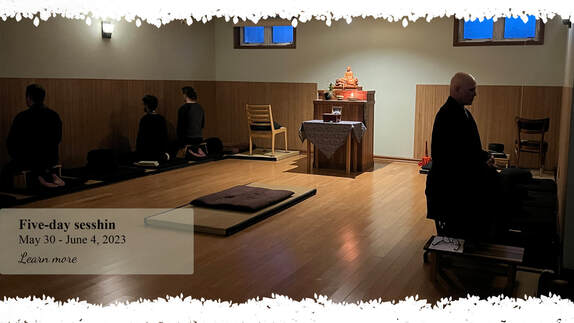
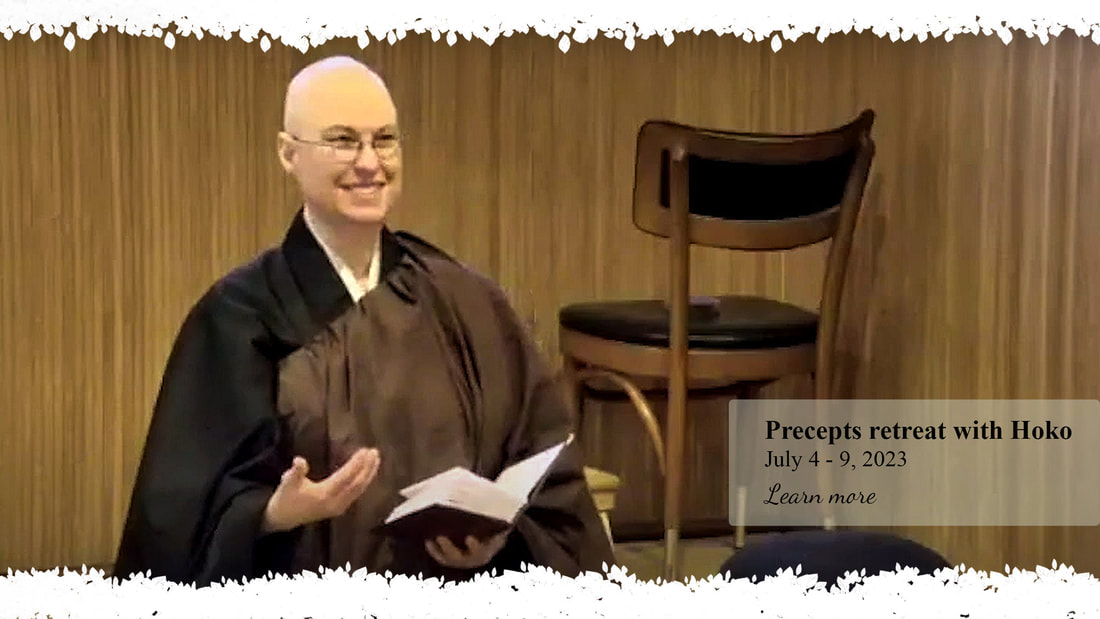

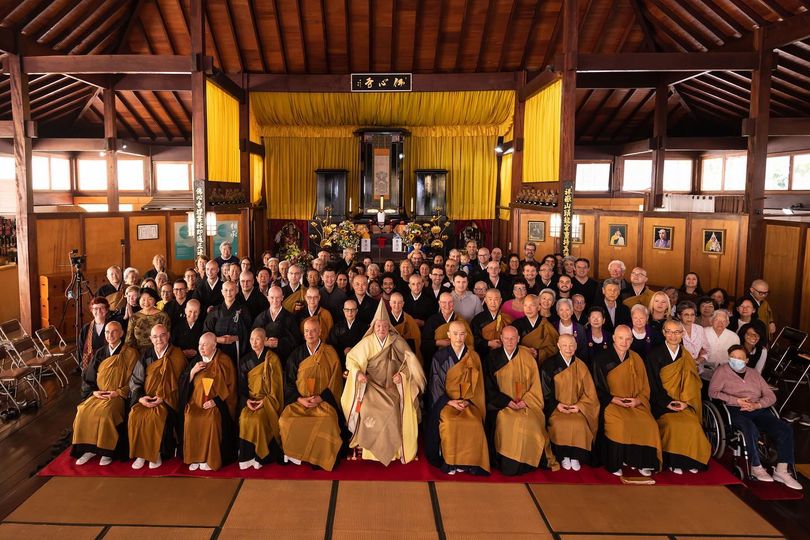

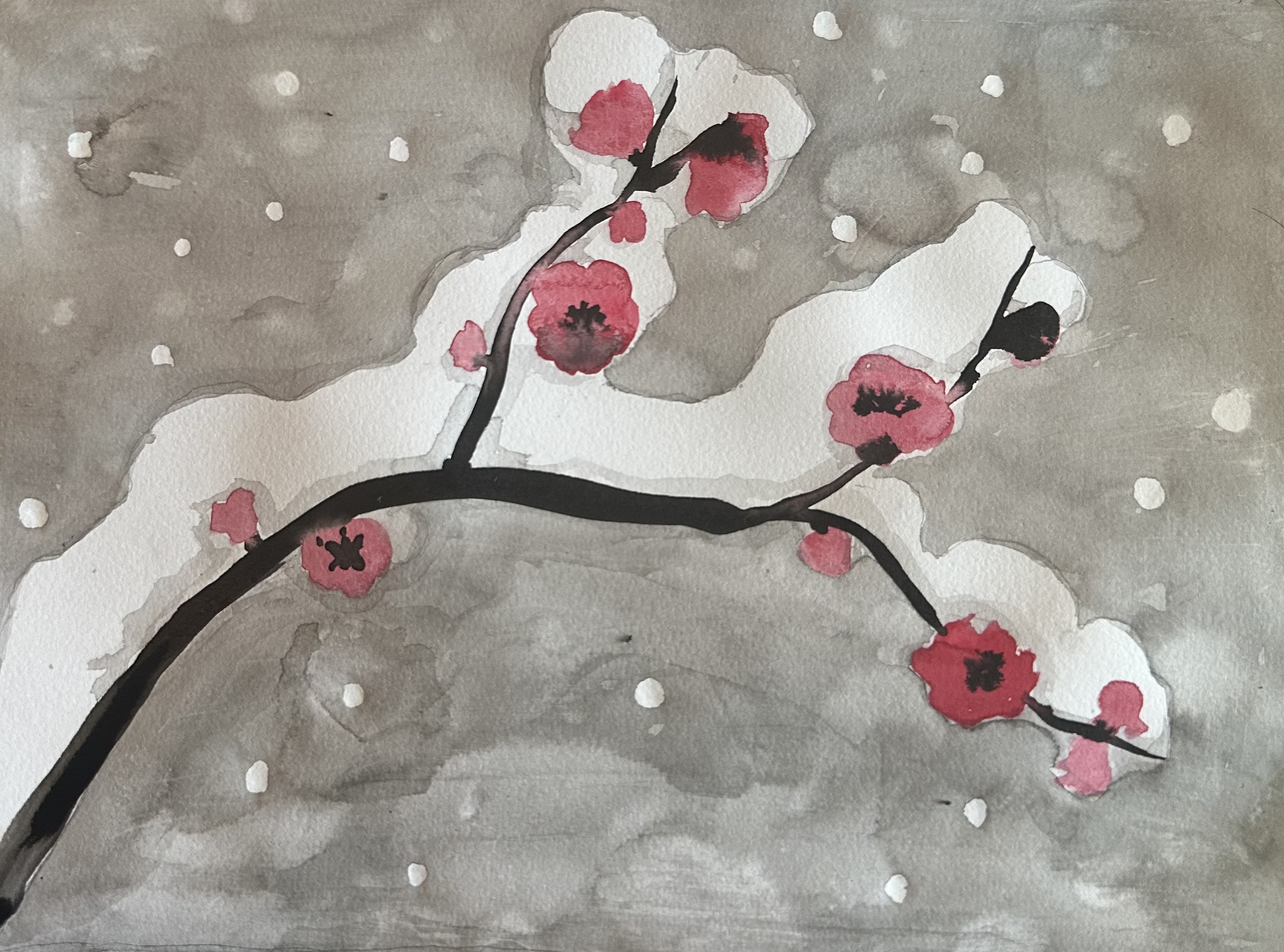
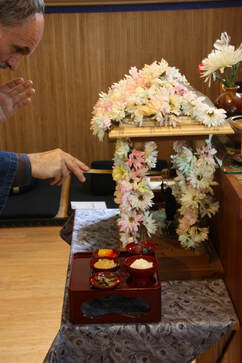

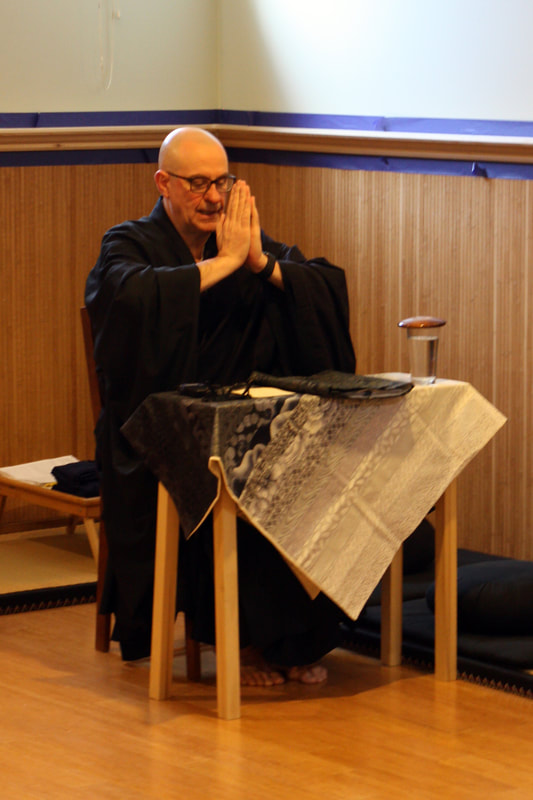
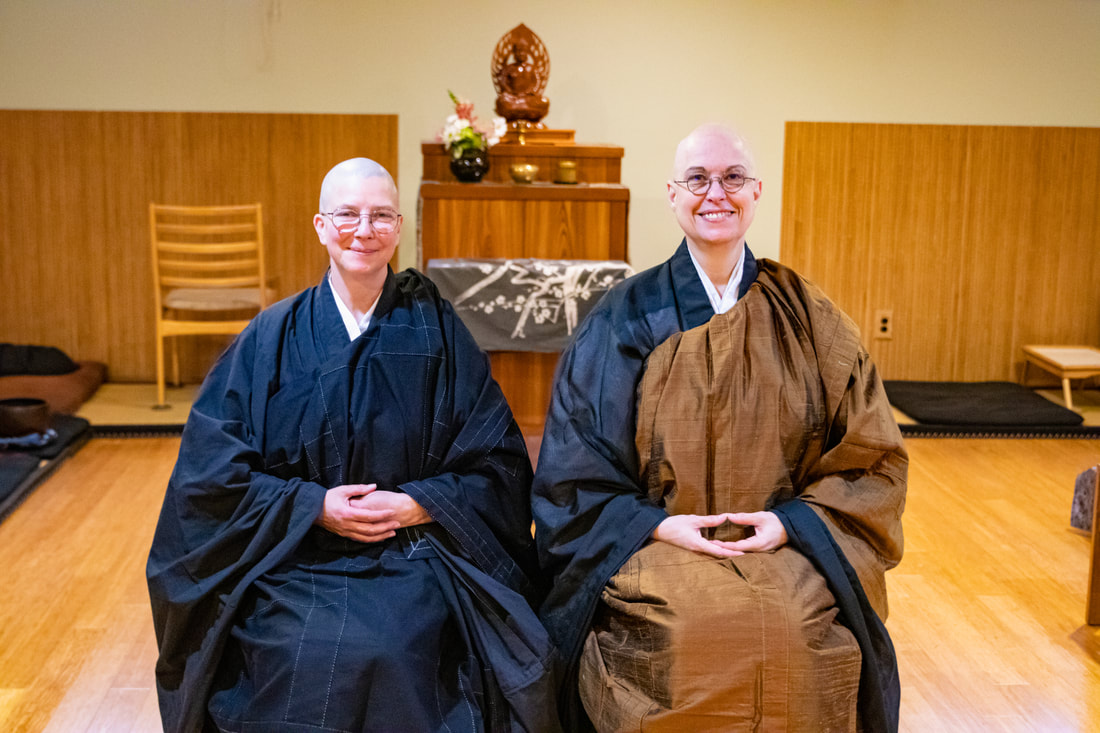
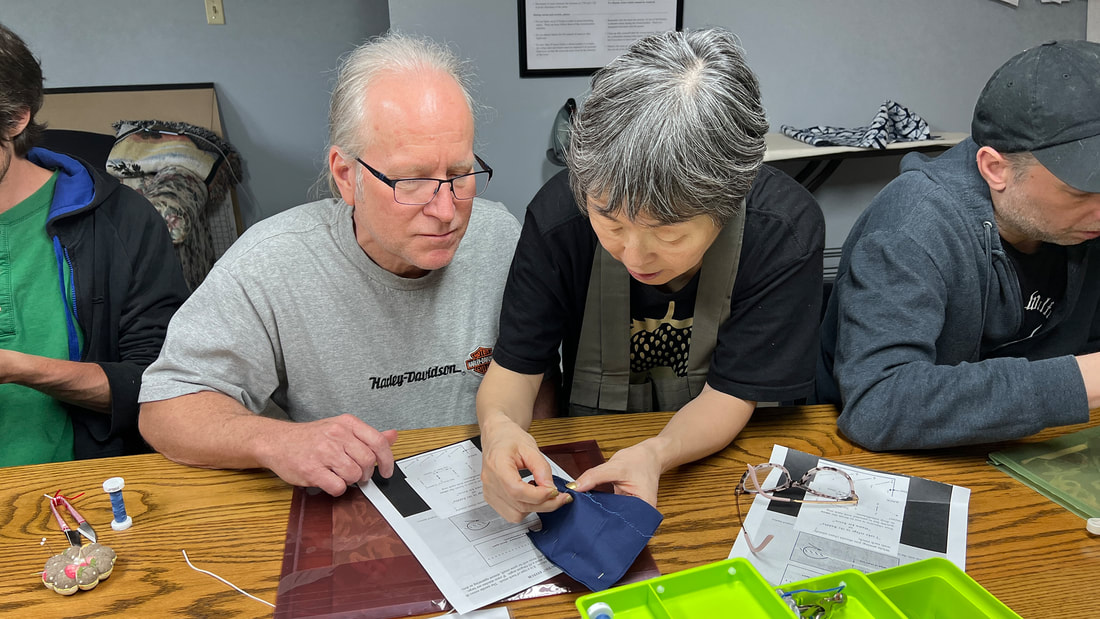
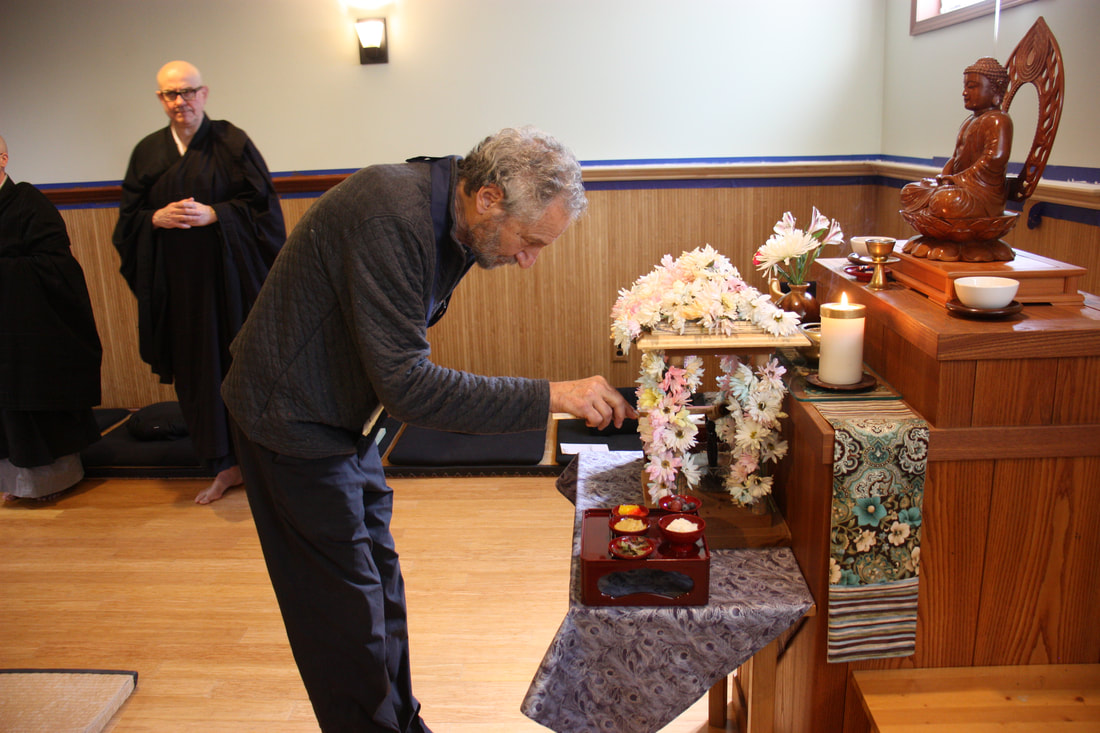

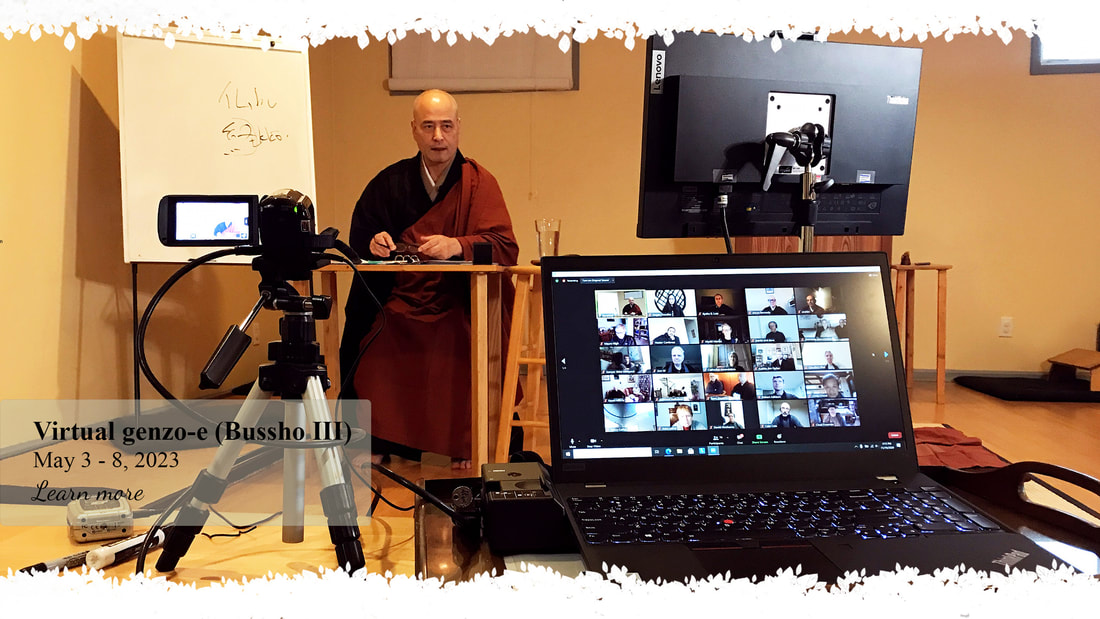
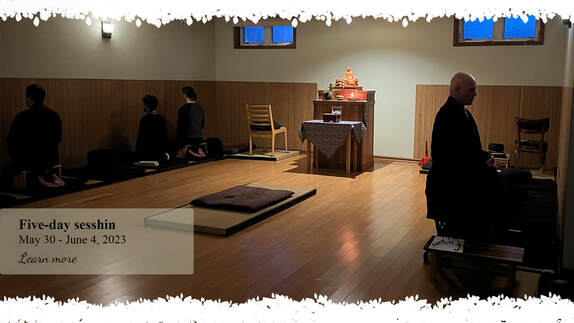


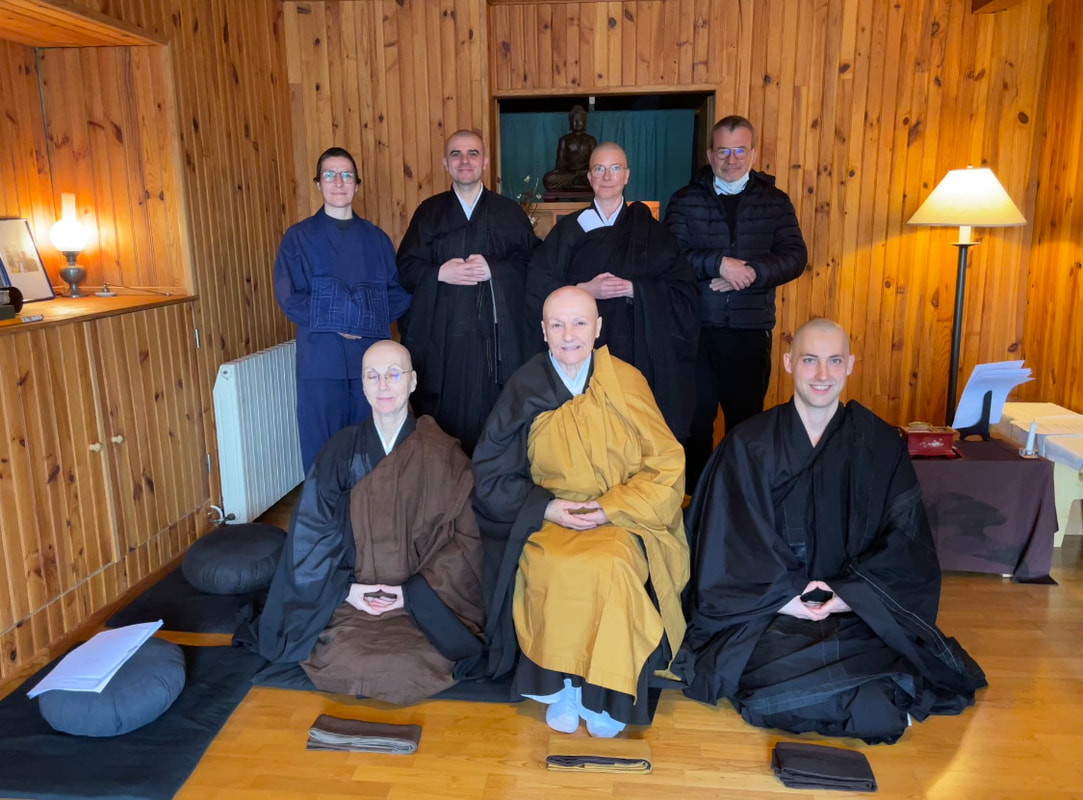
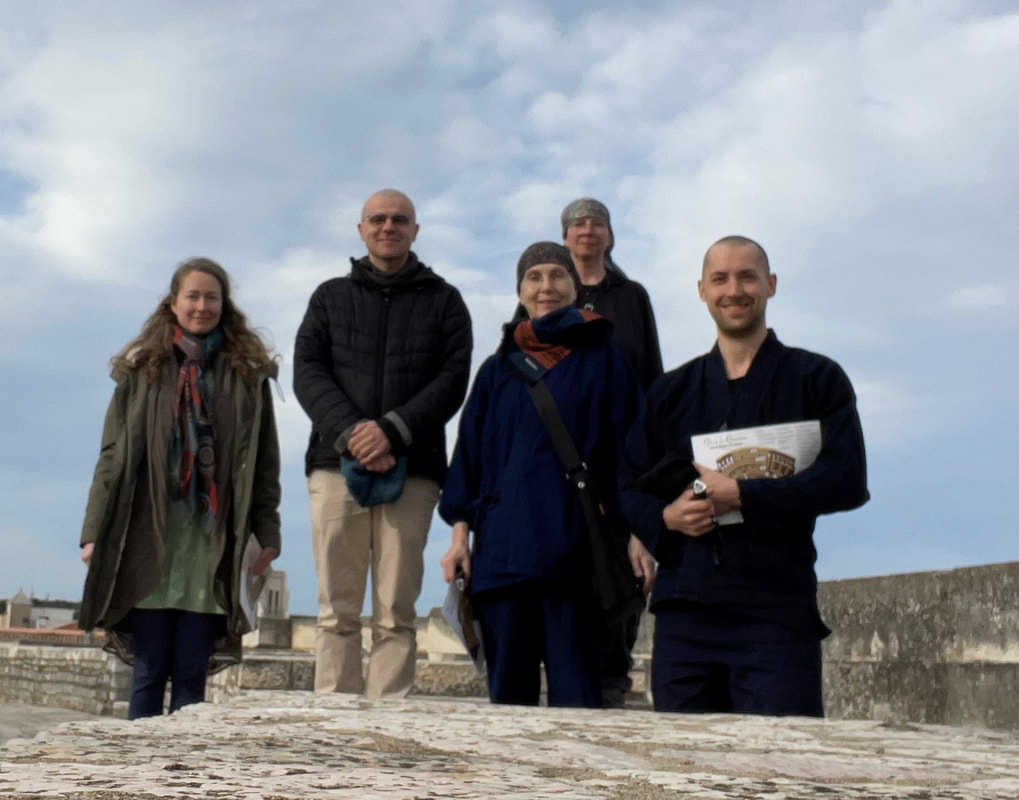
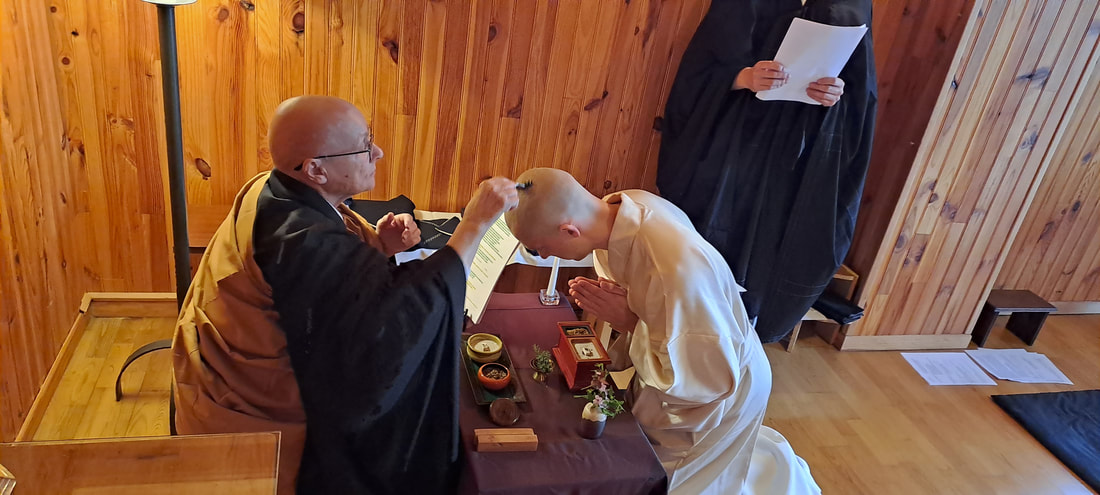
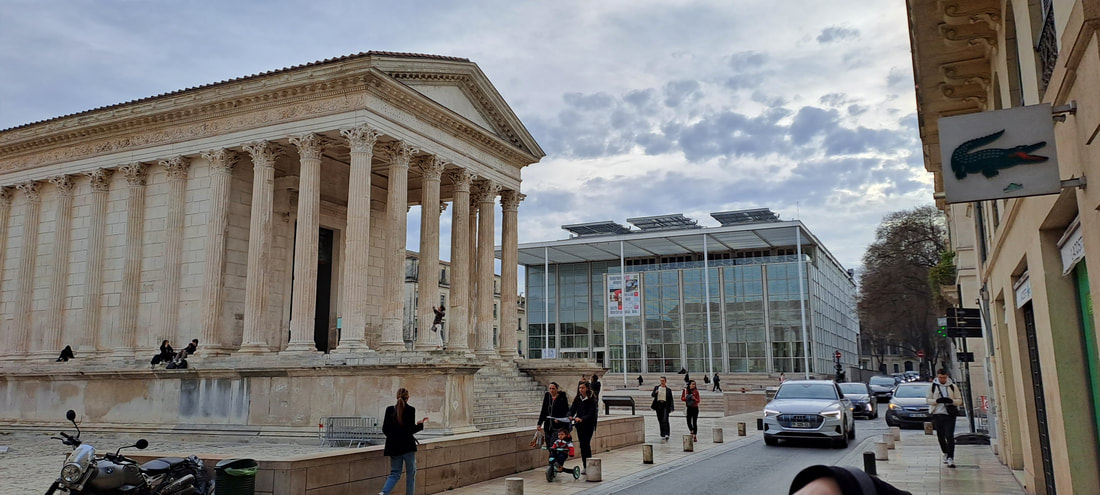
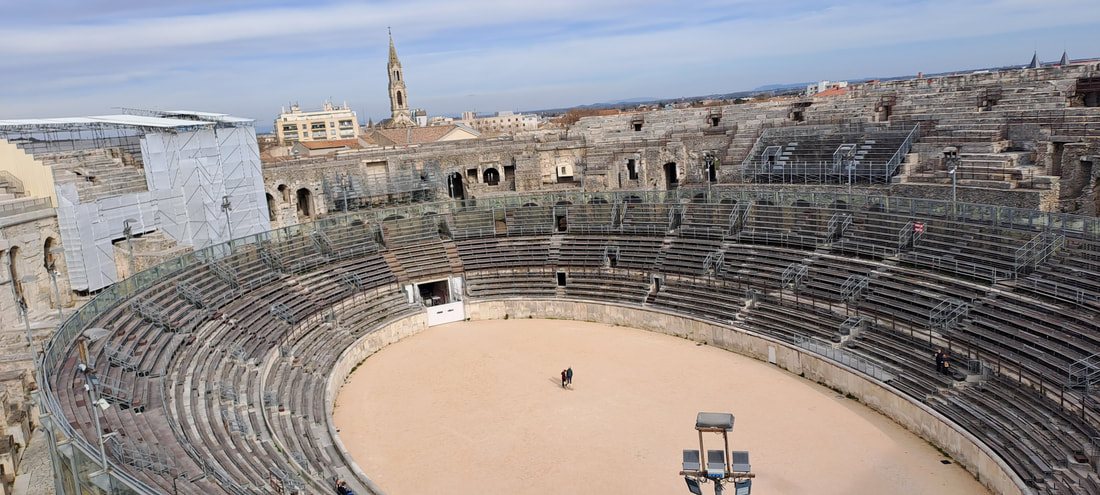

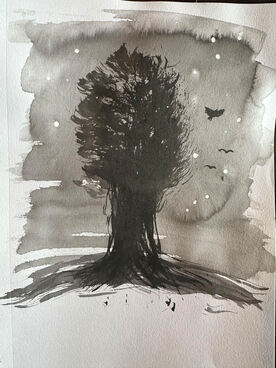



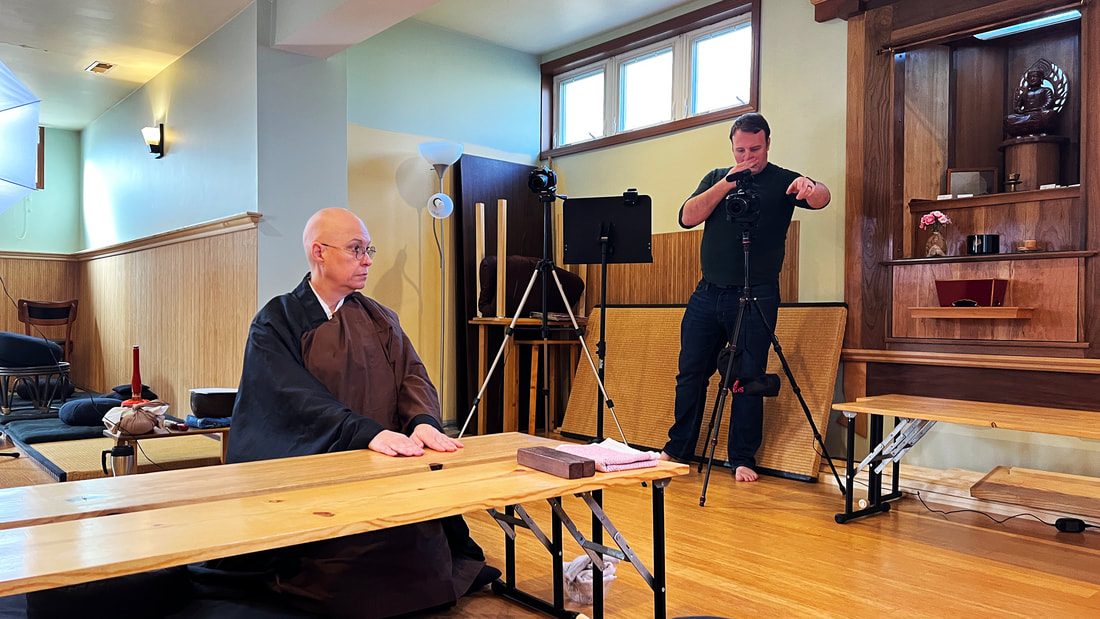

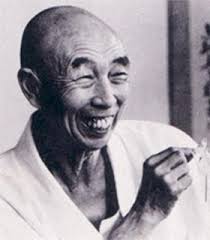


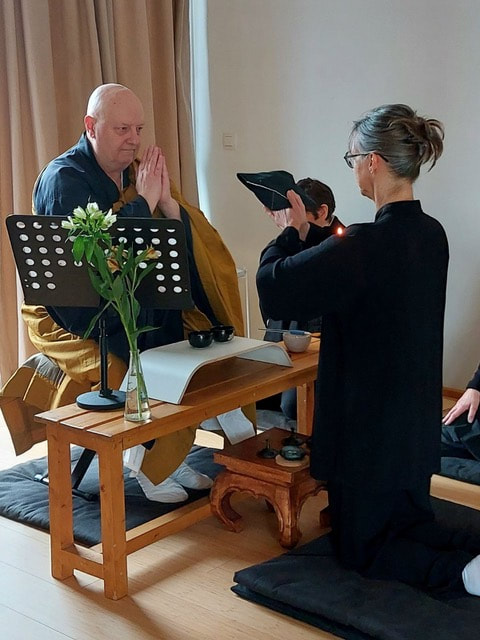
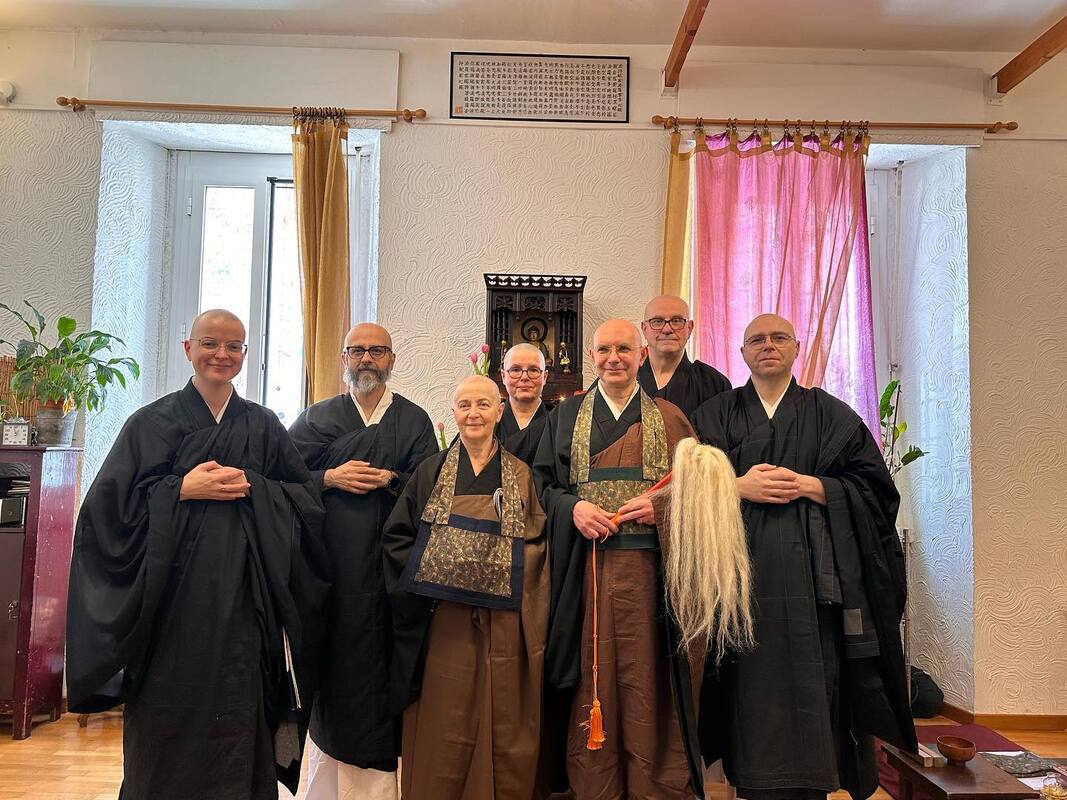
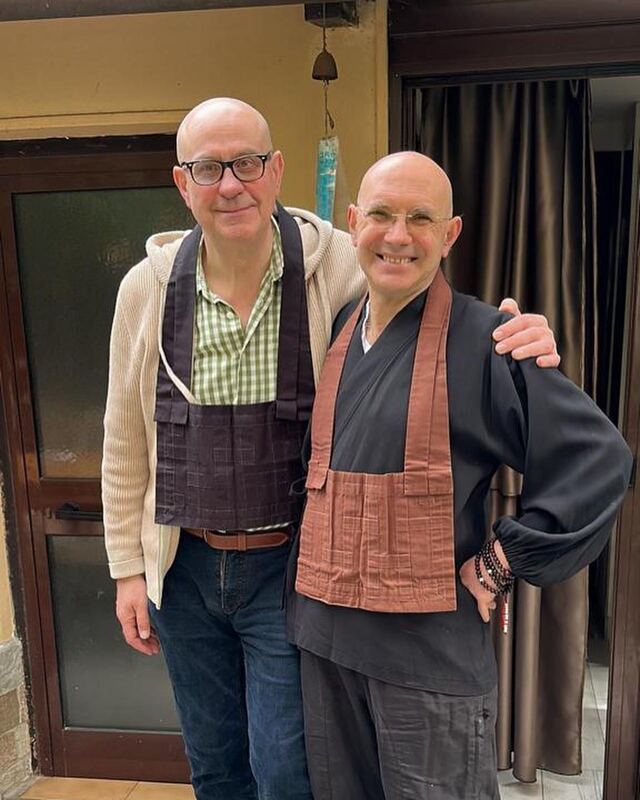
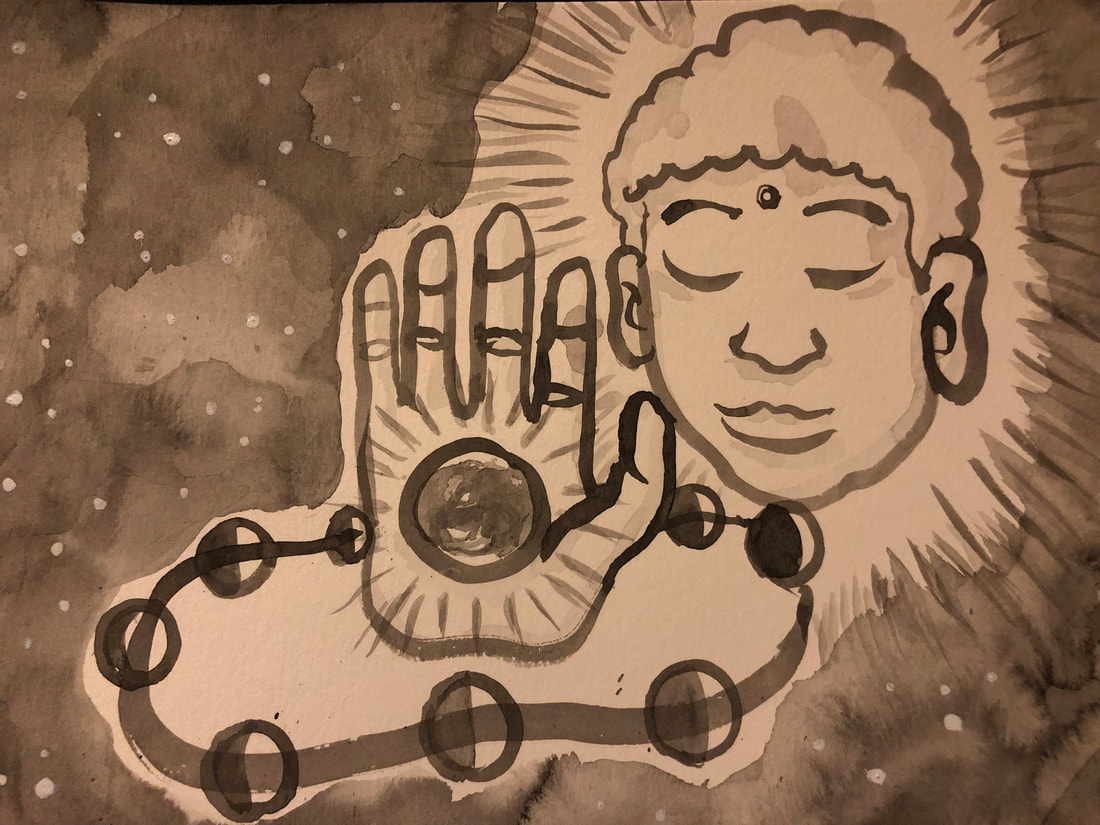
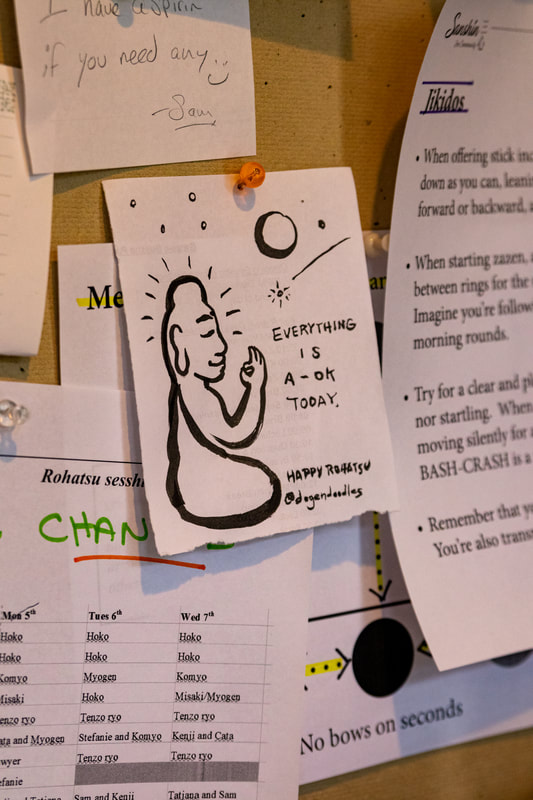




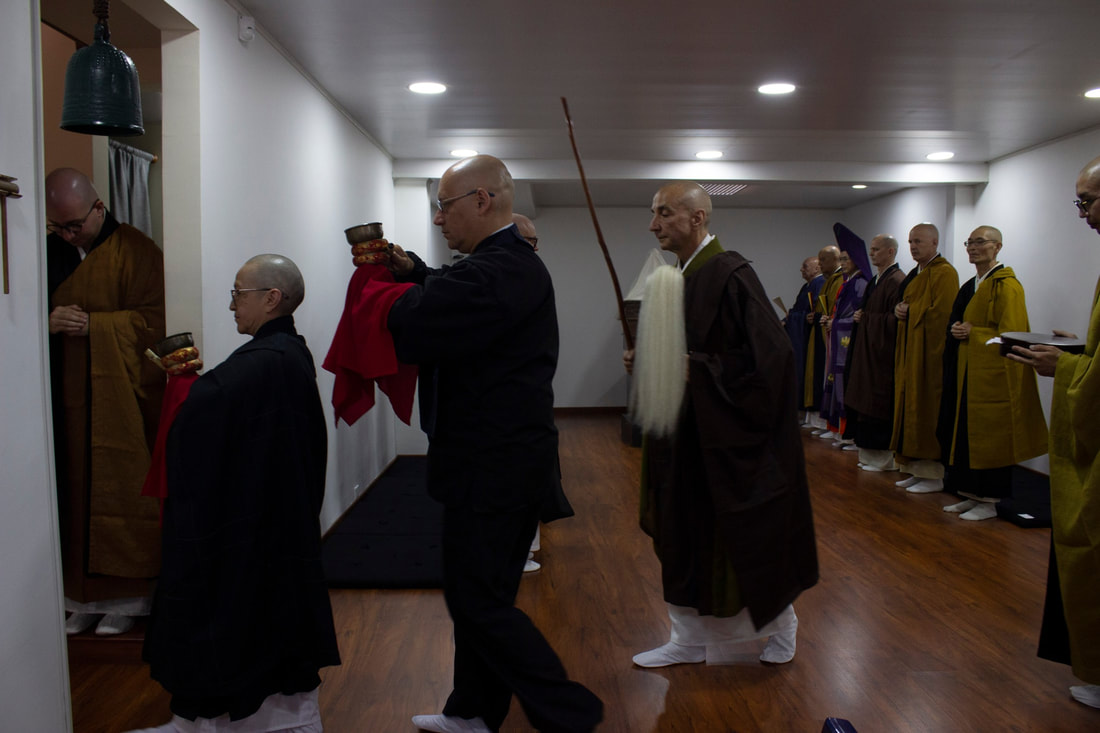
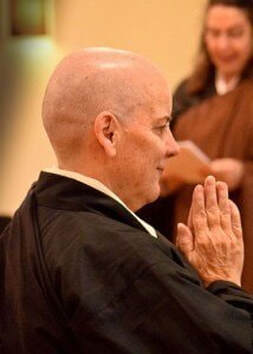
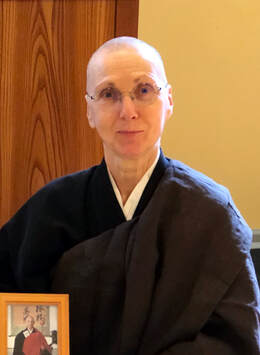
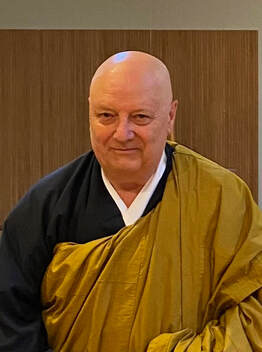
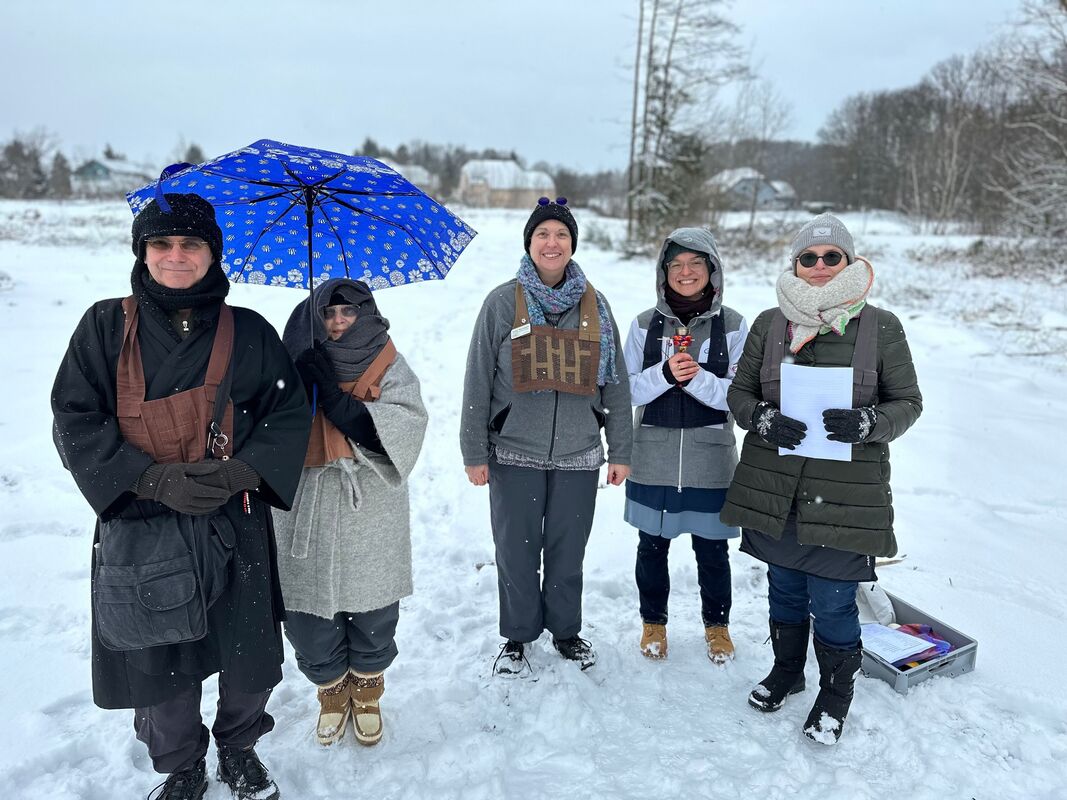
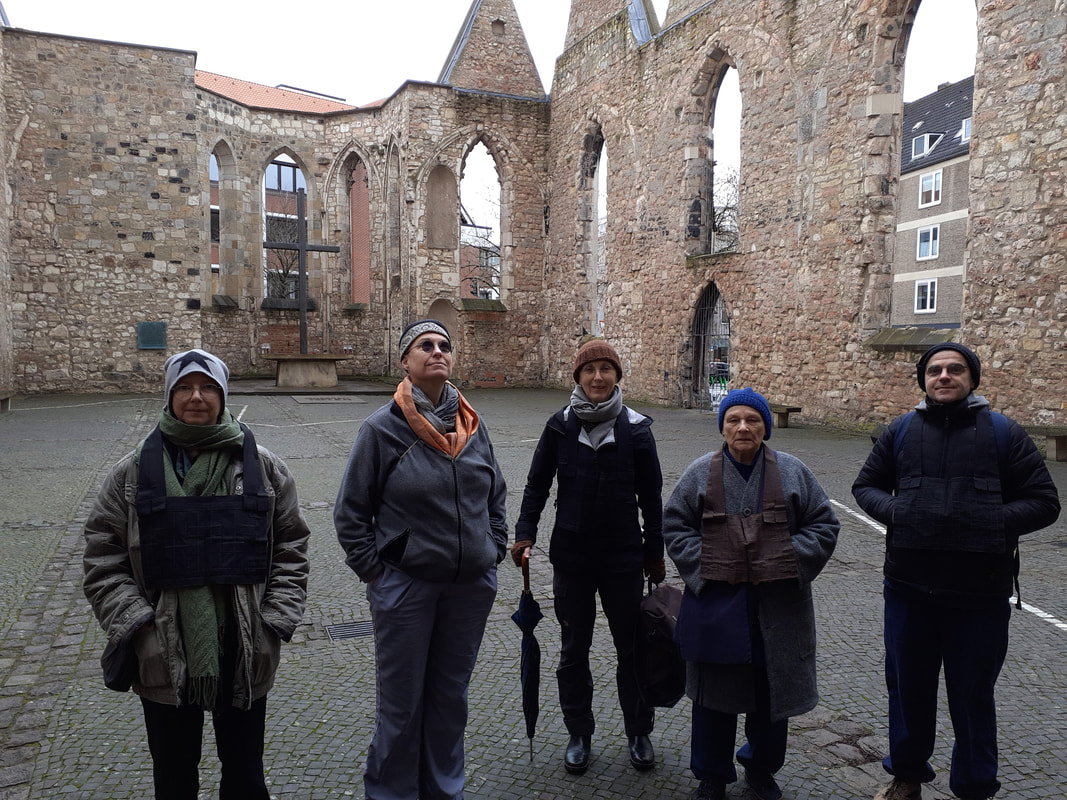



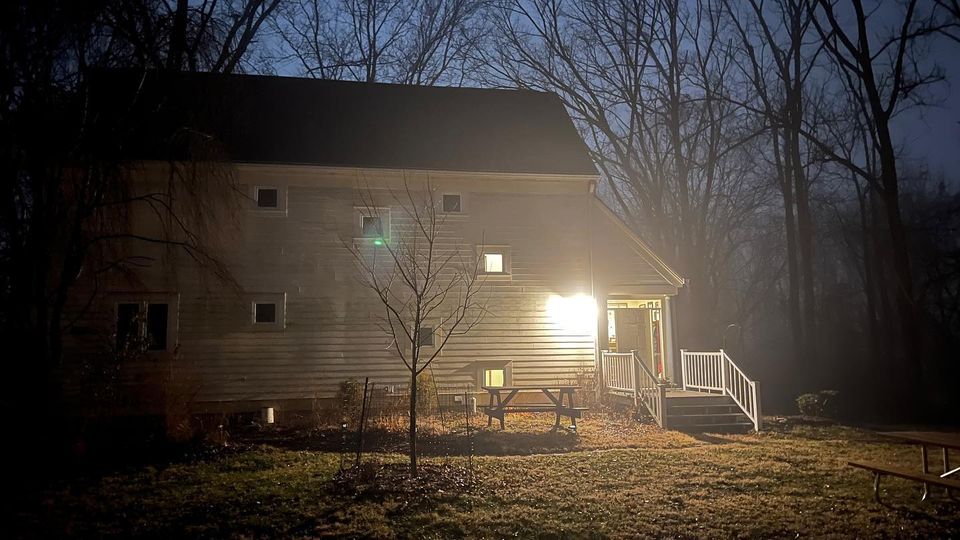
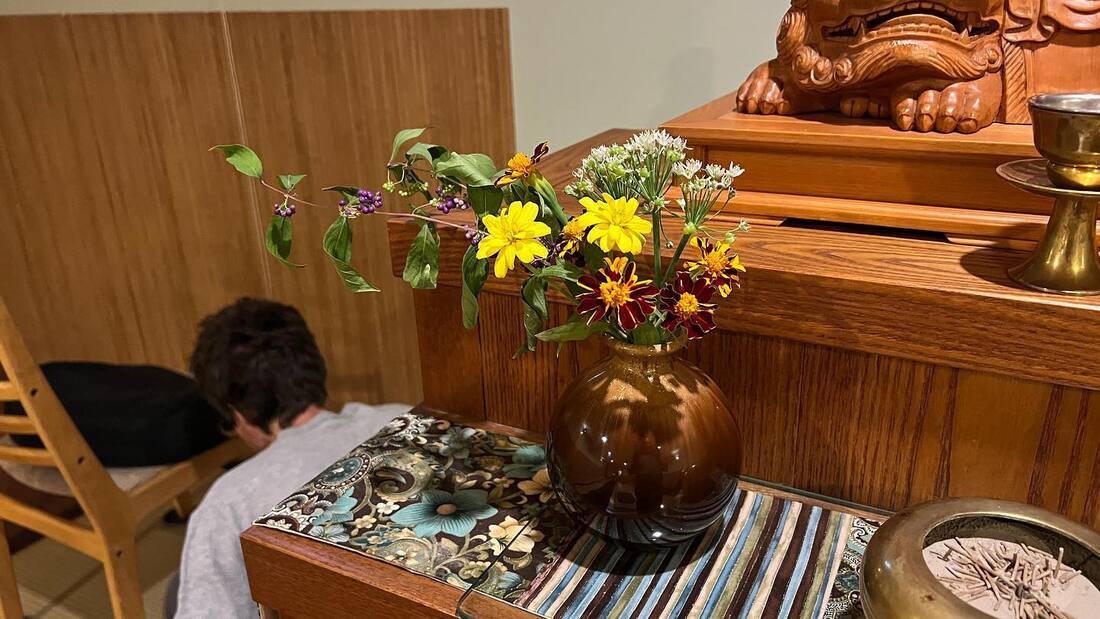








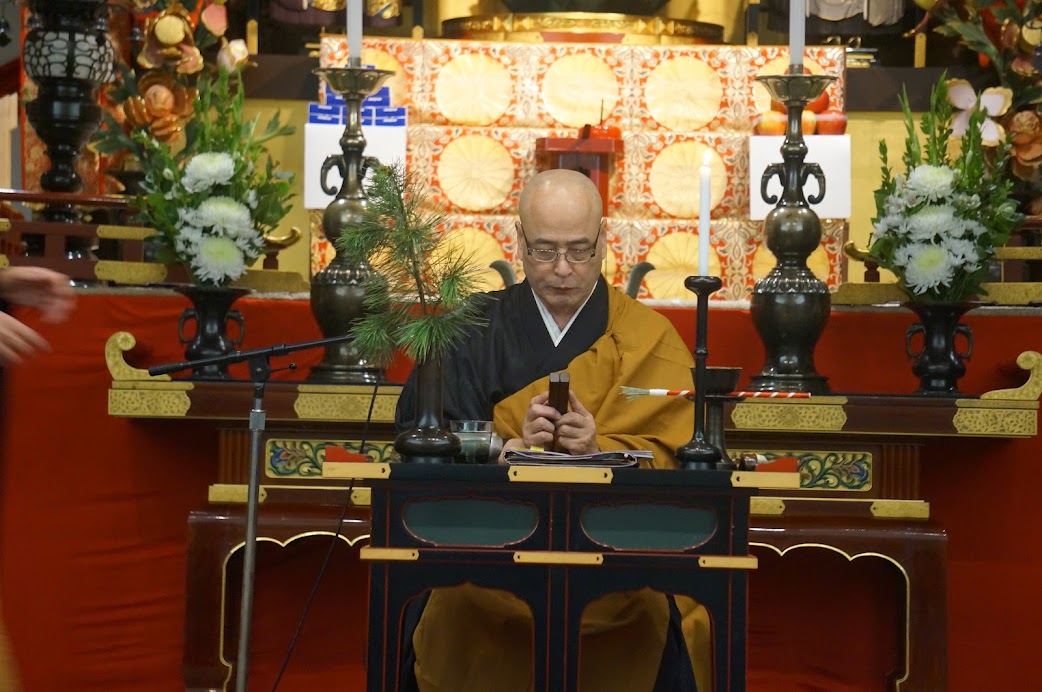
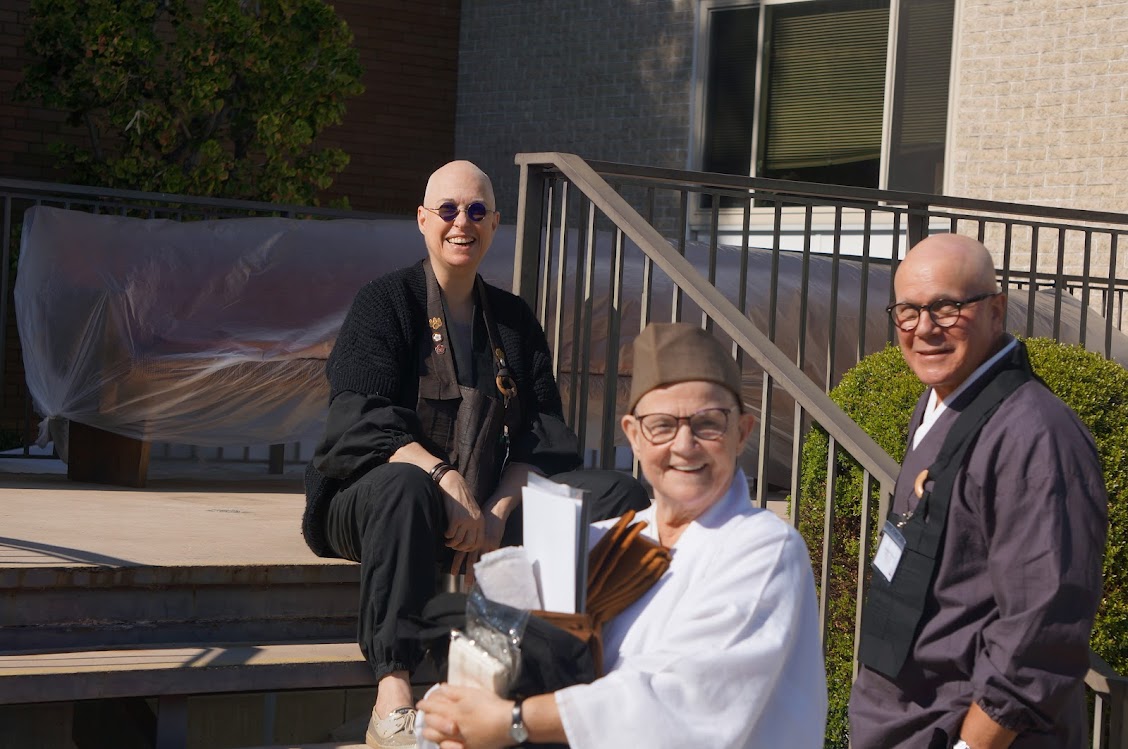
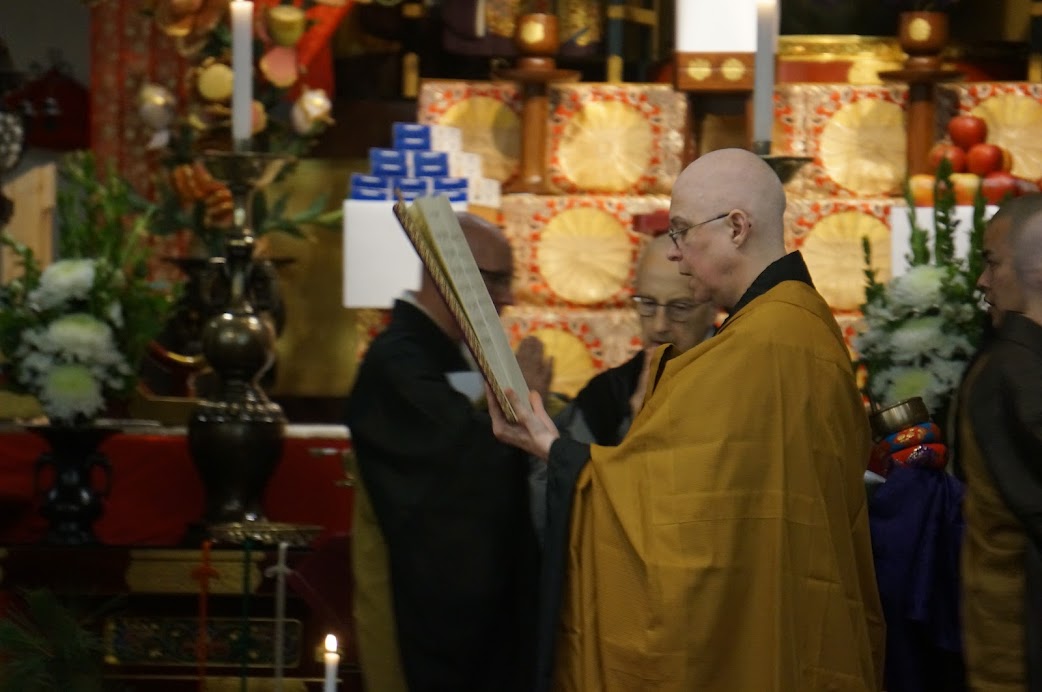
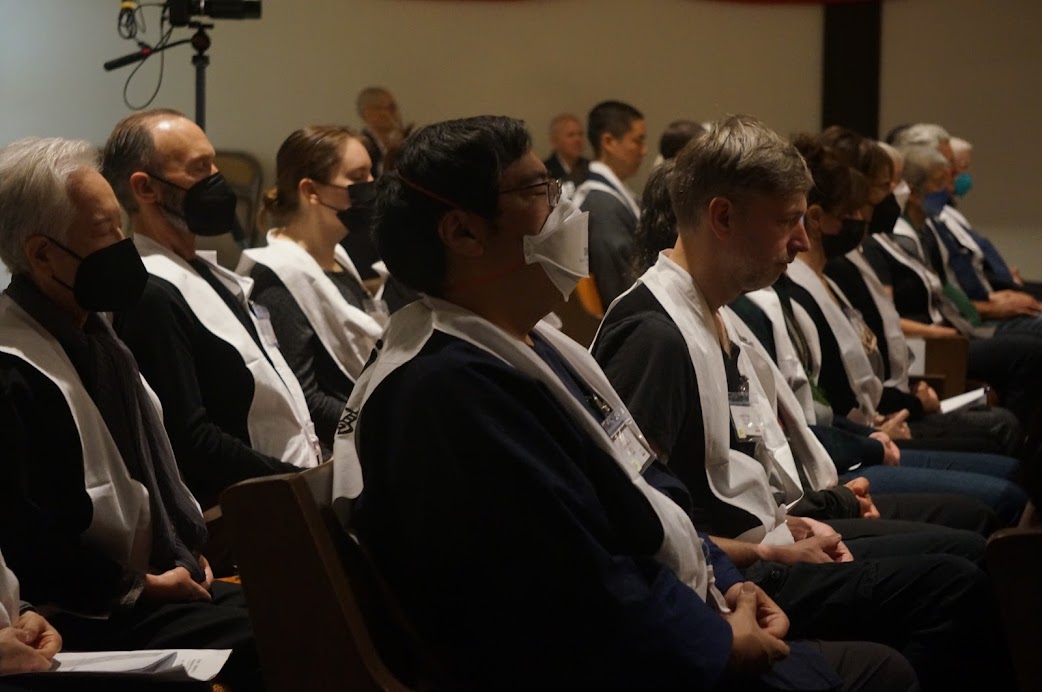
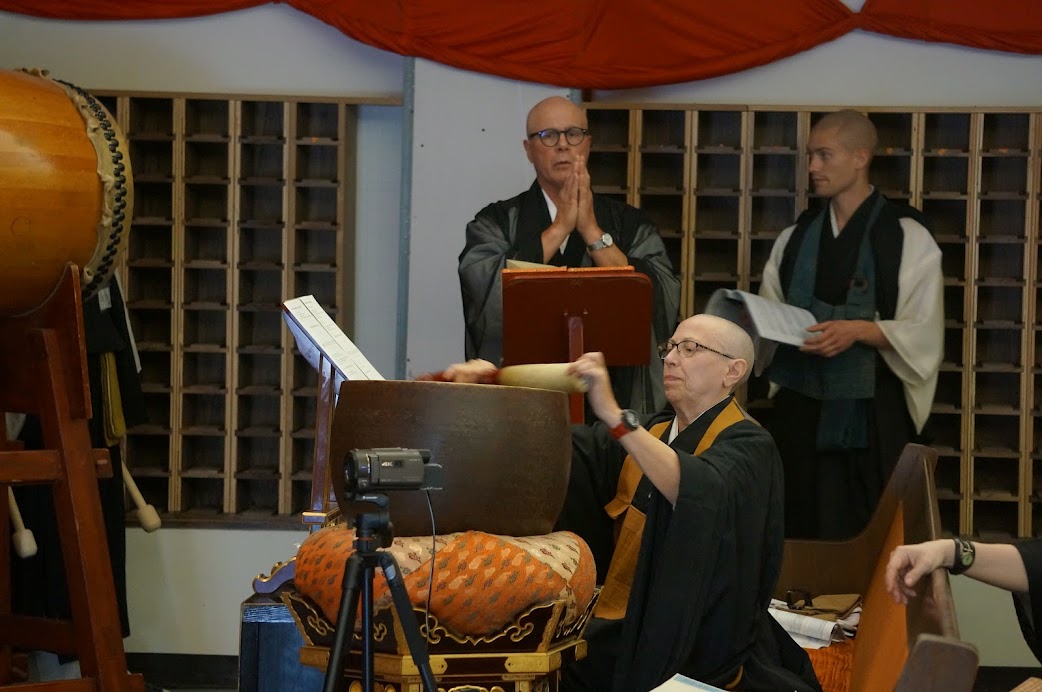
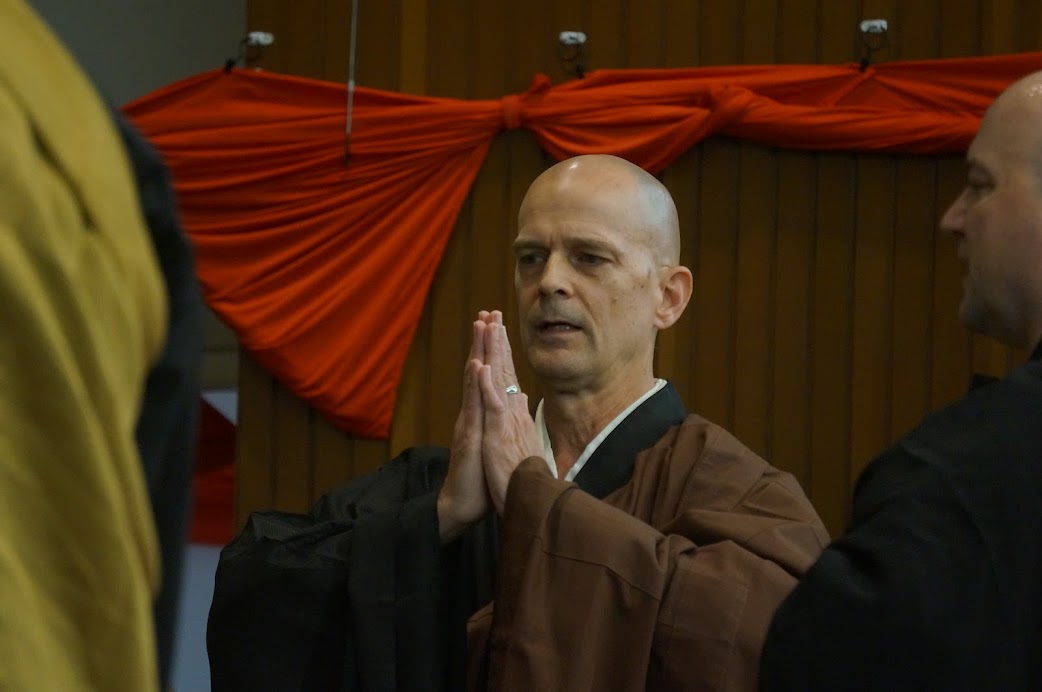
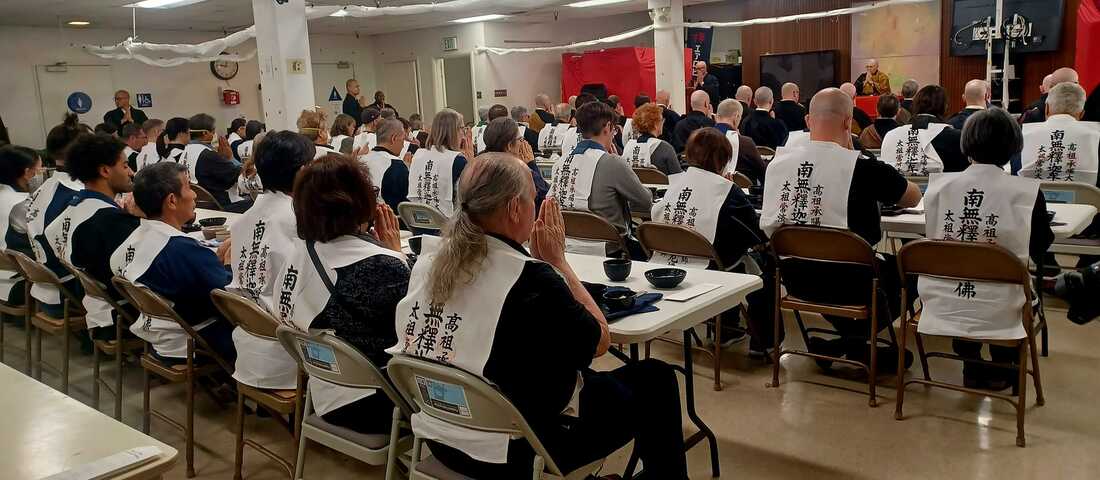
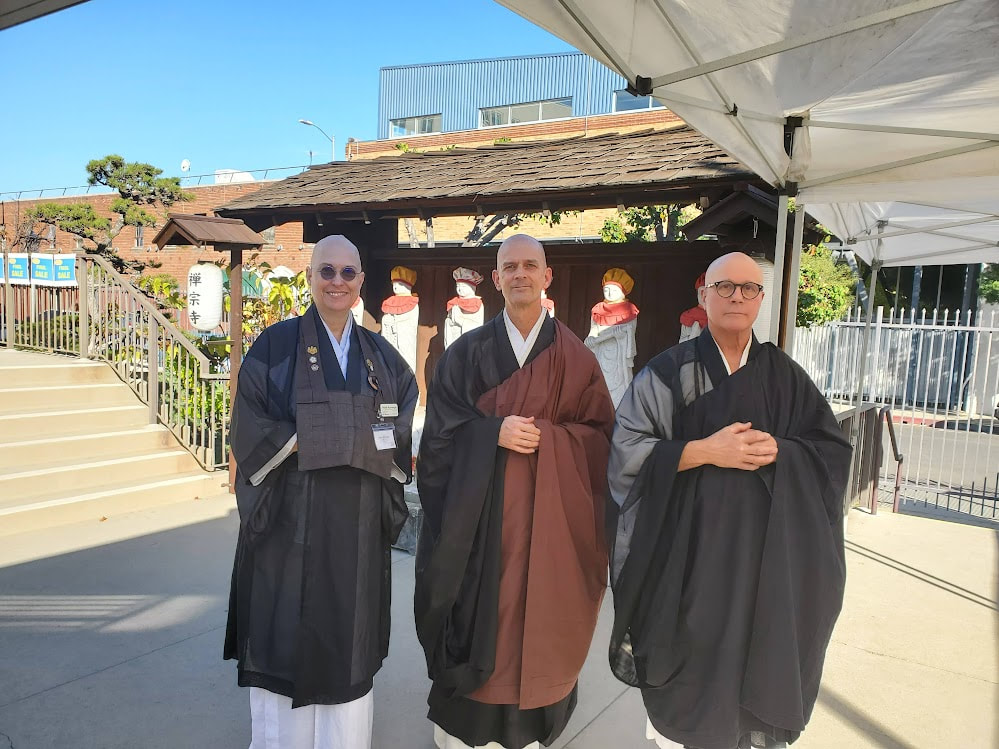
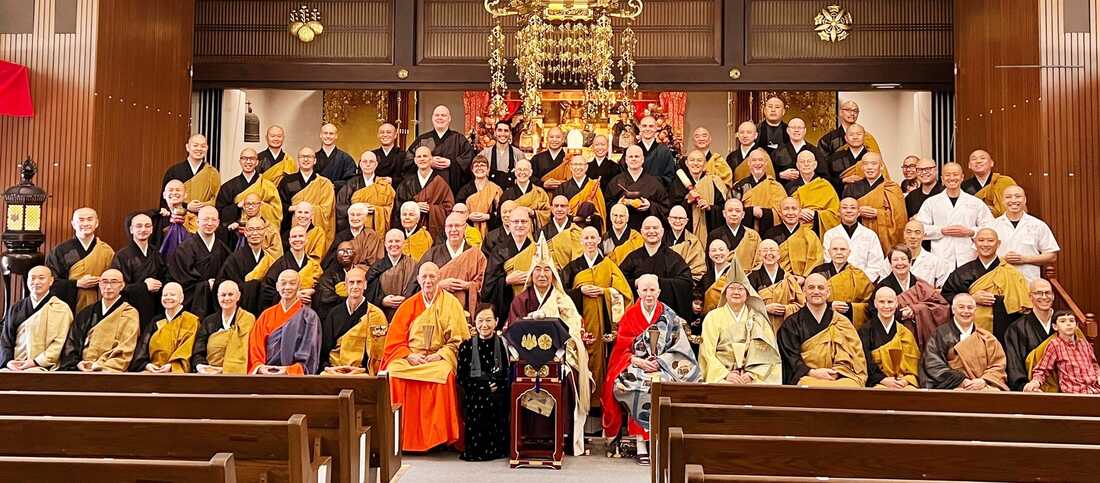


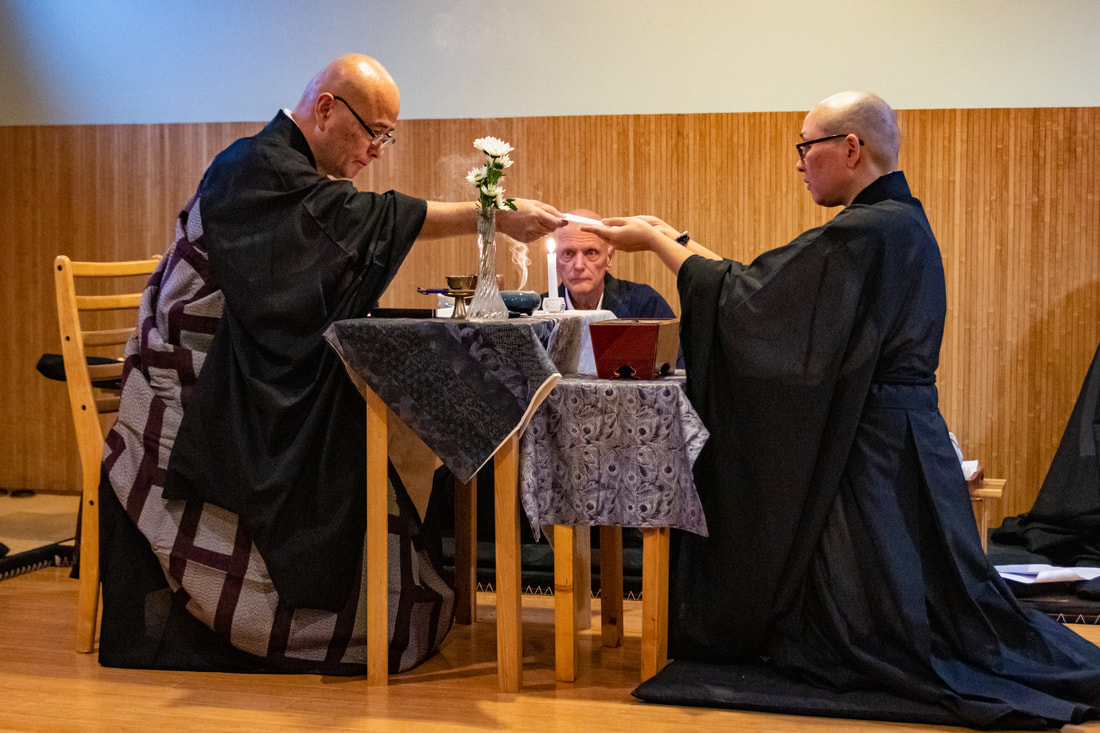
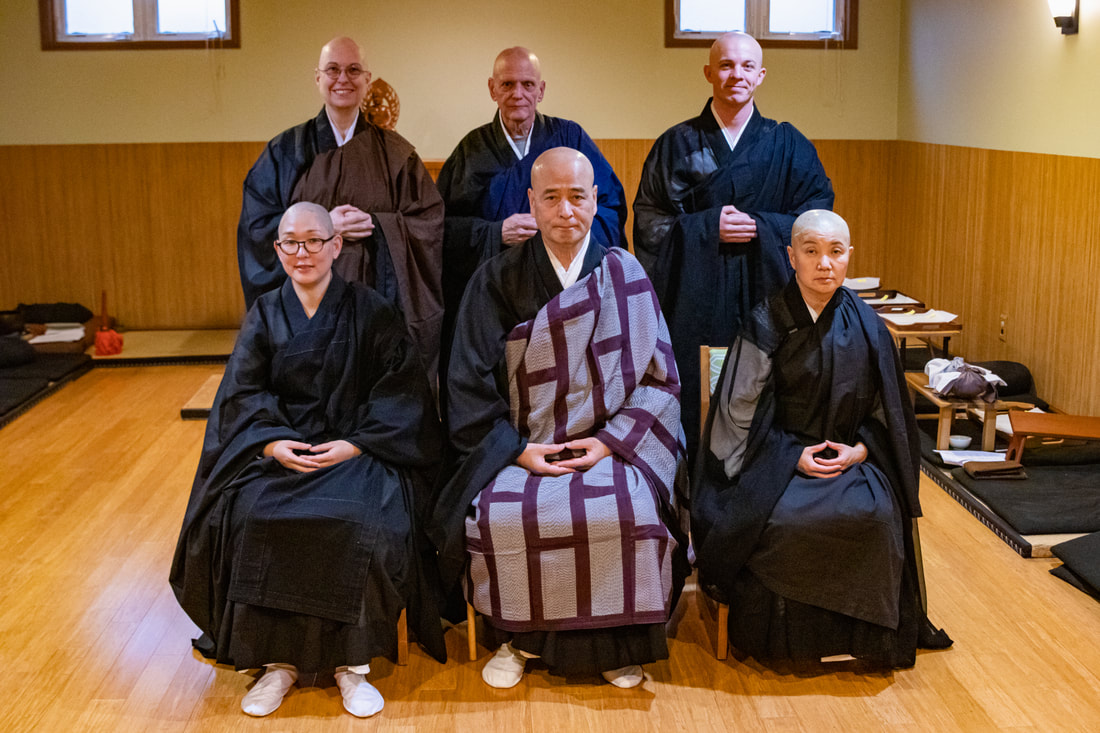

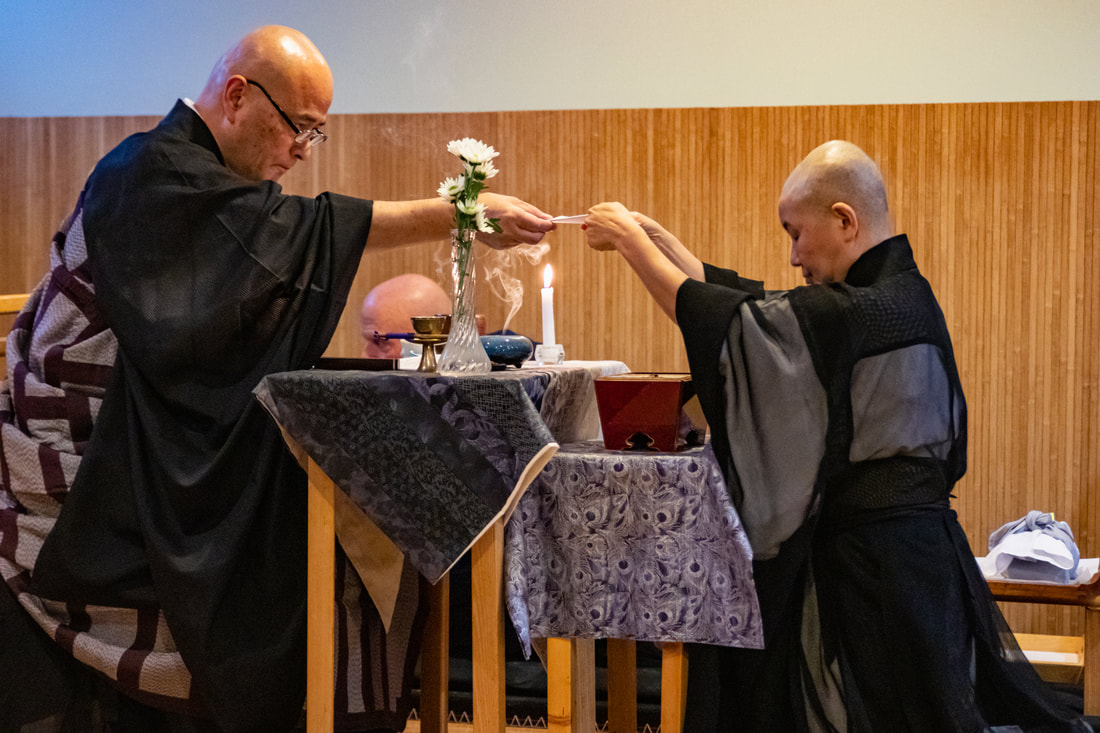

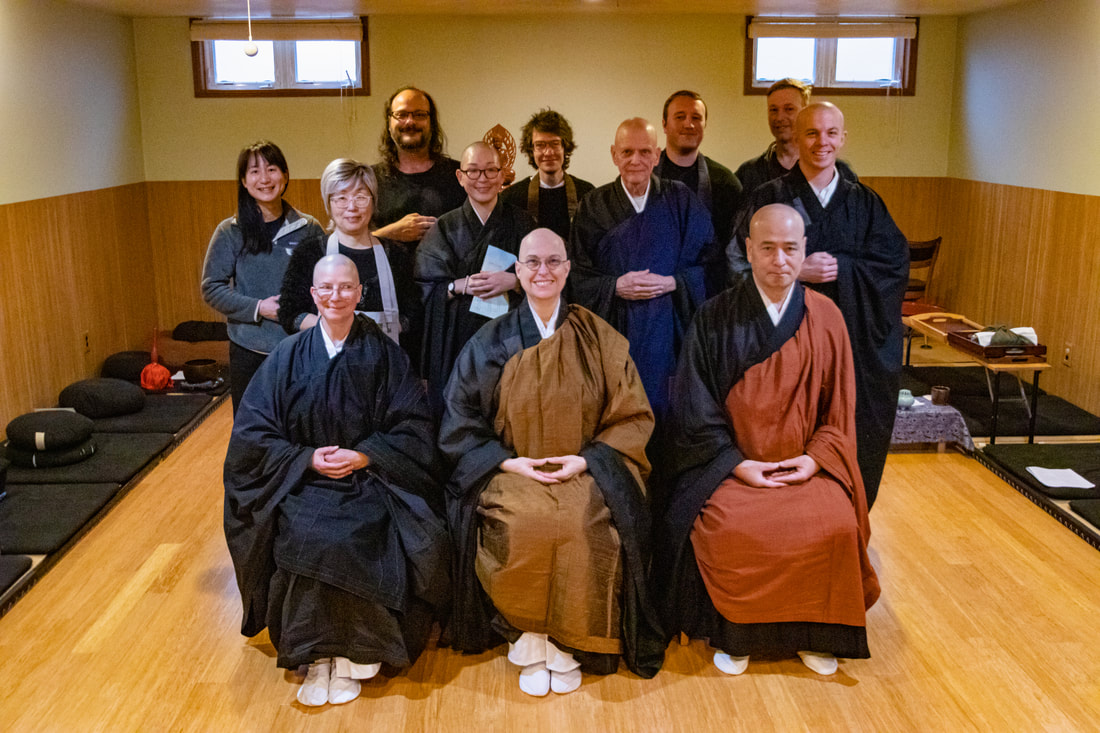

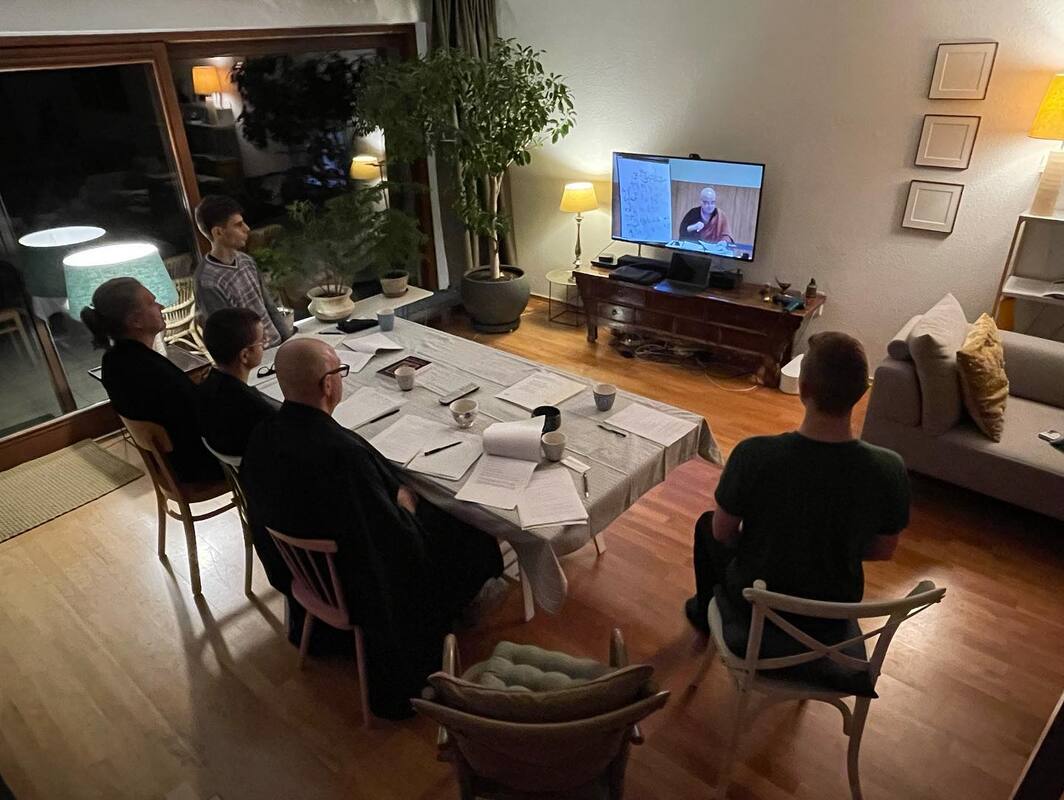
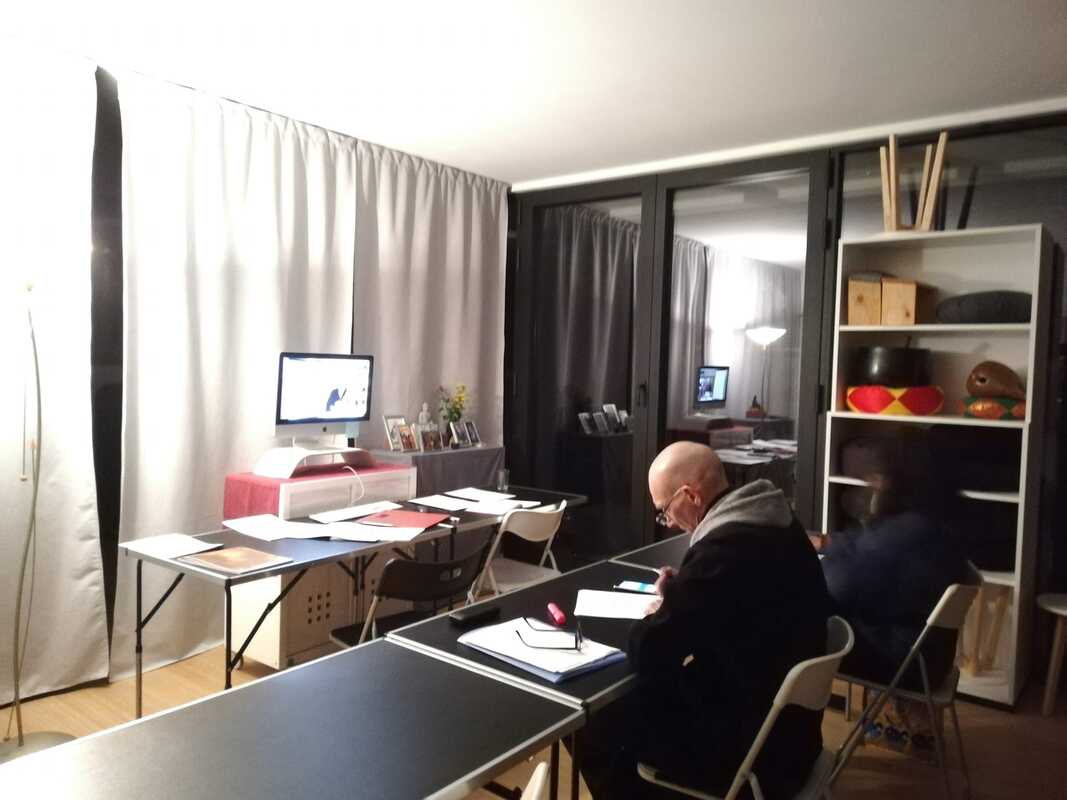


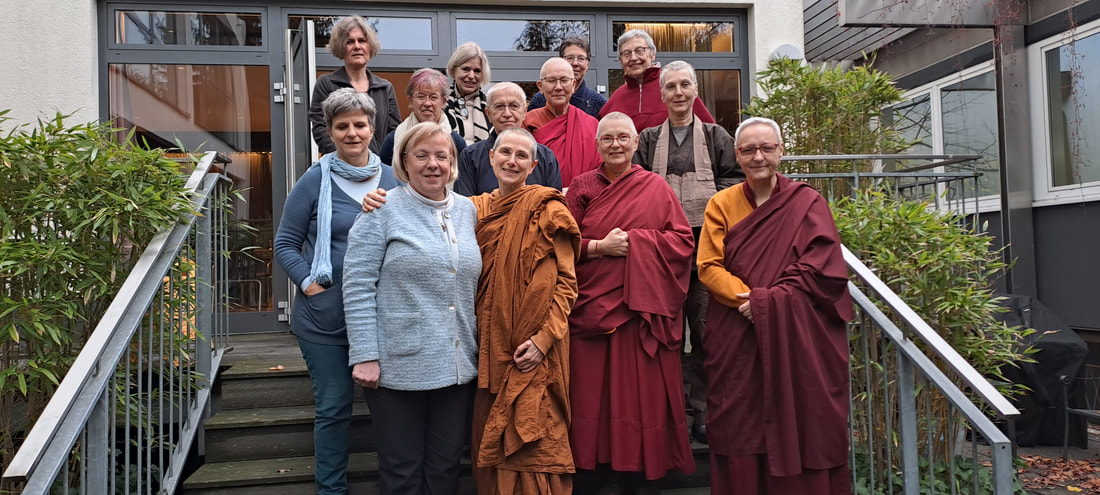

 RSS Feed
RSS Feed